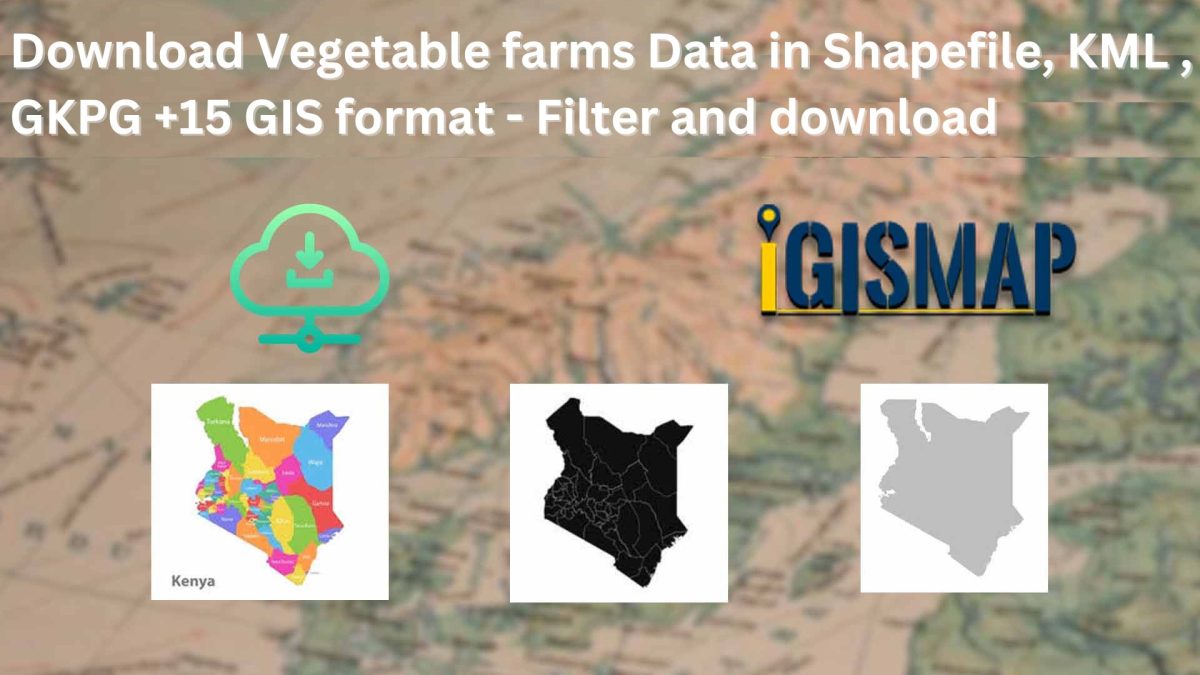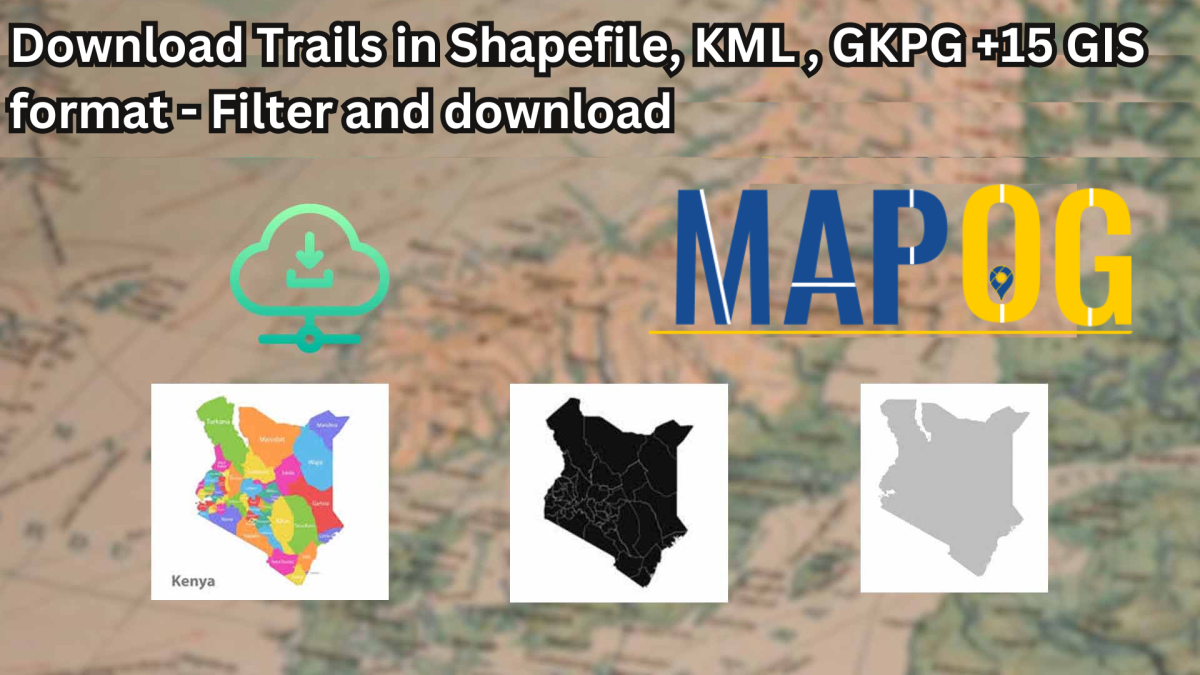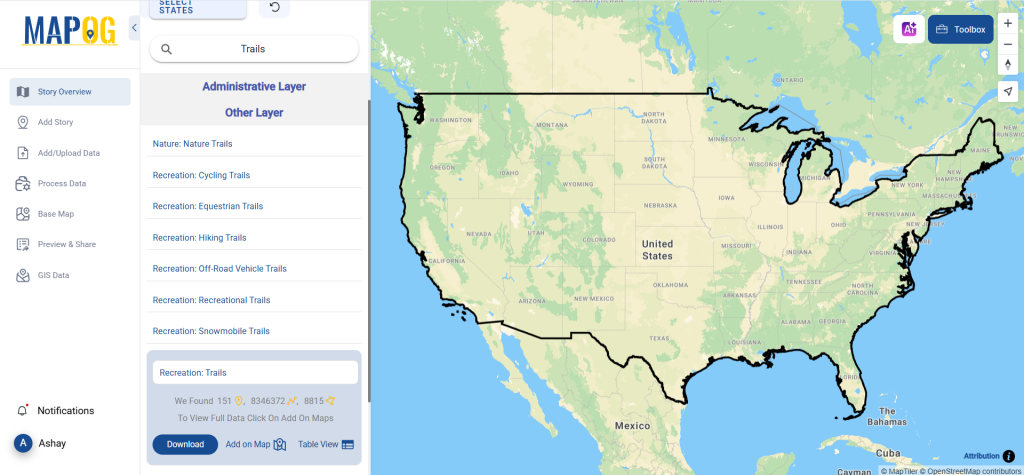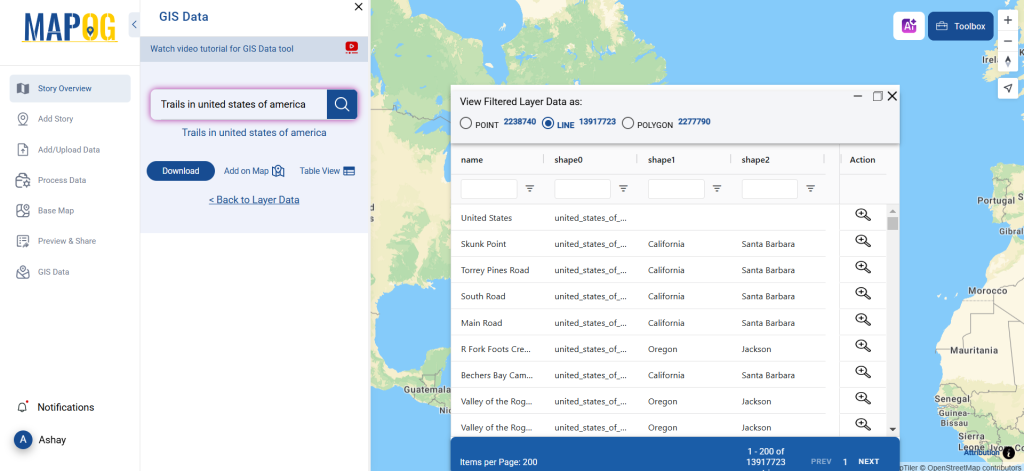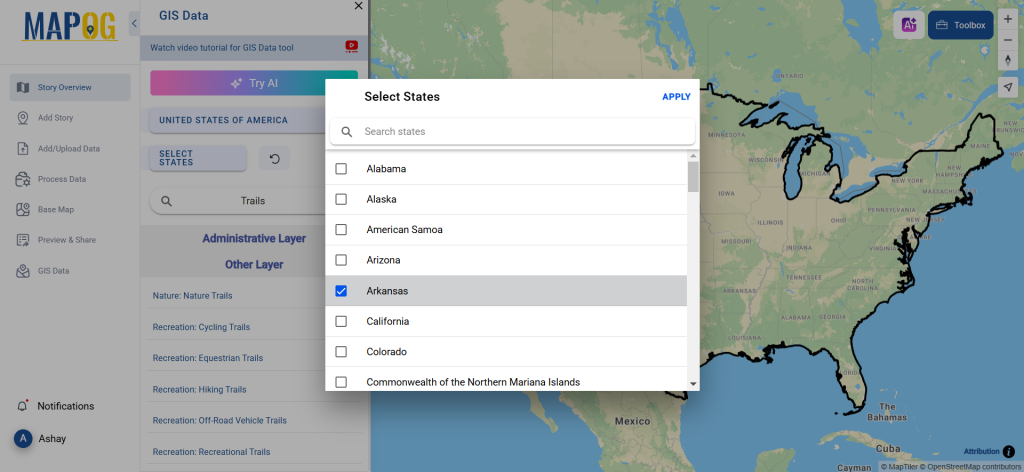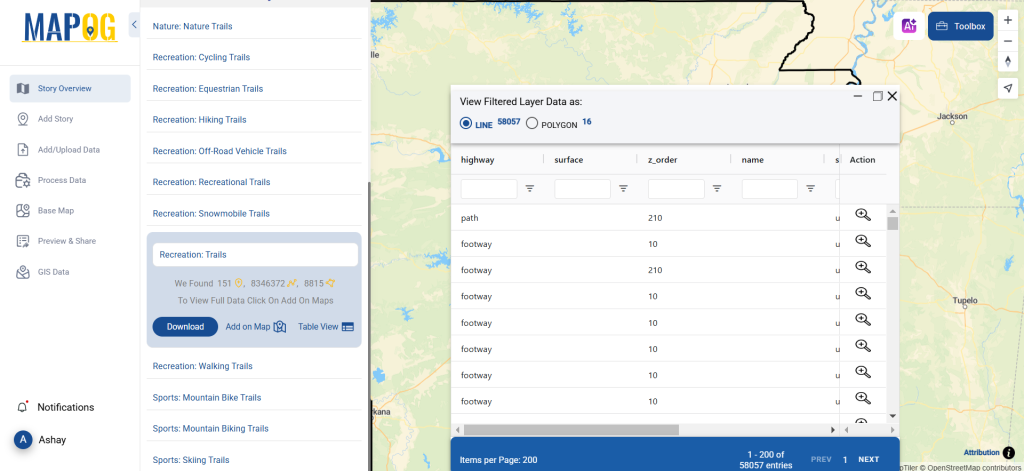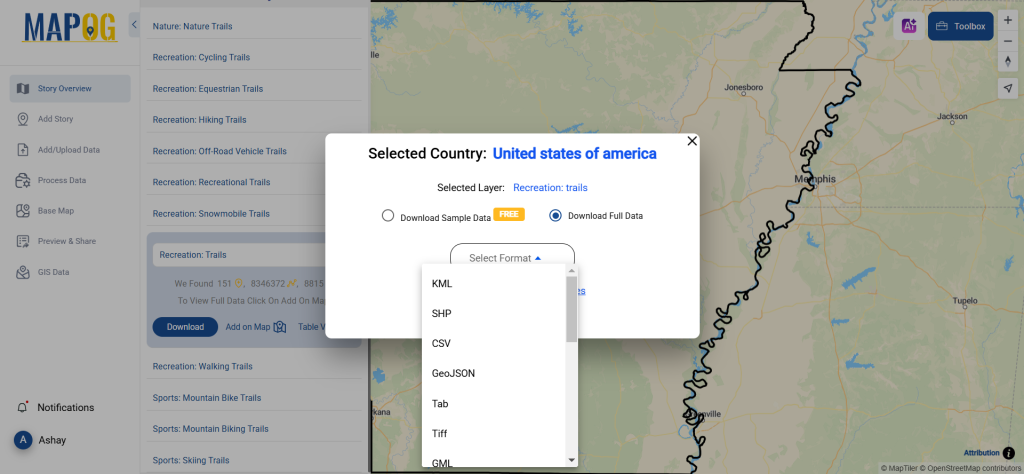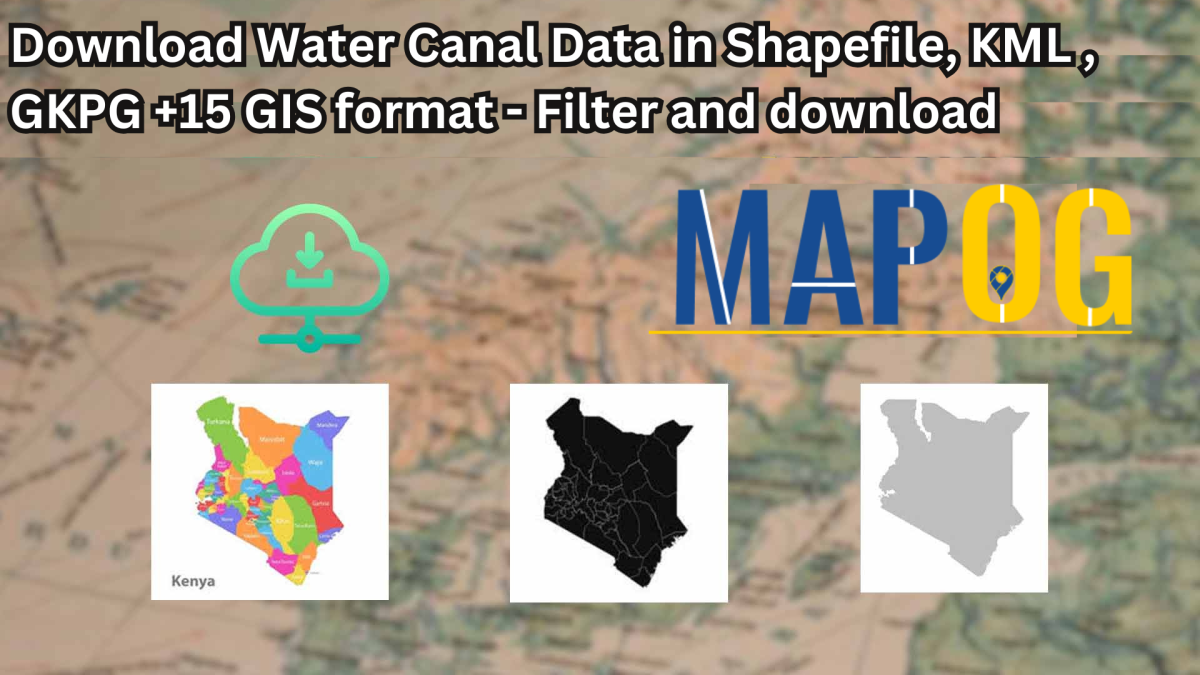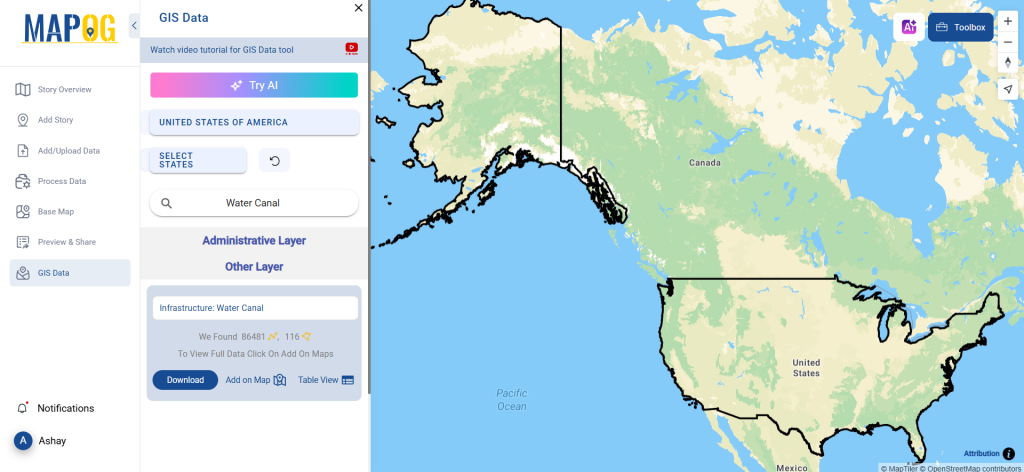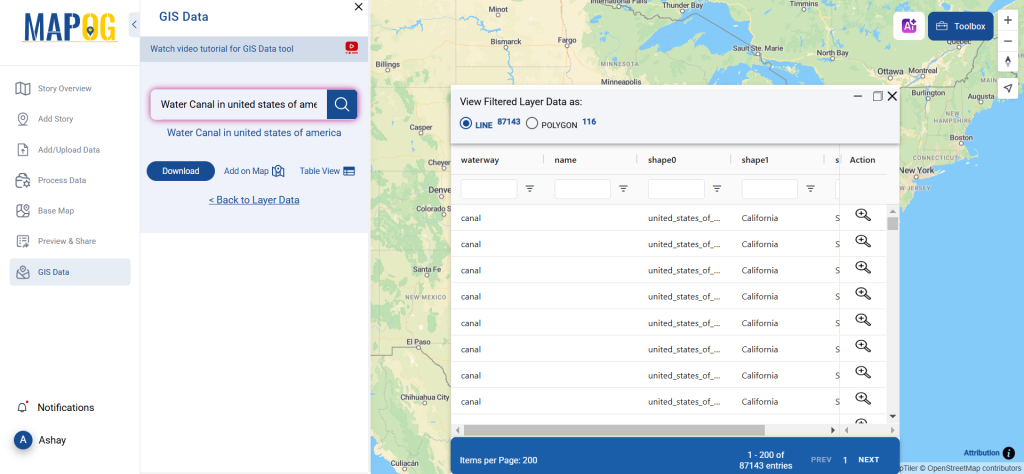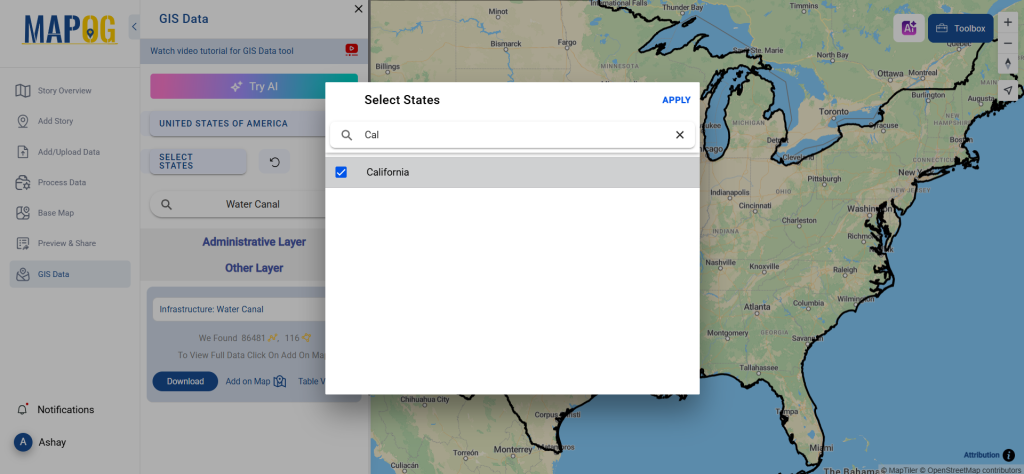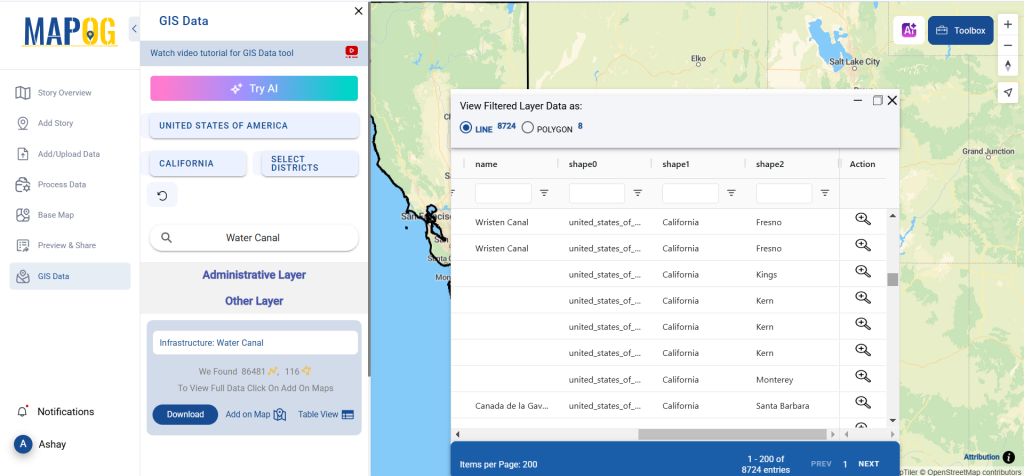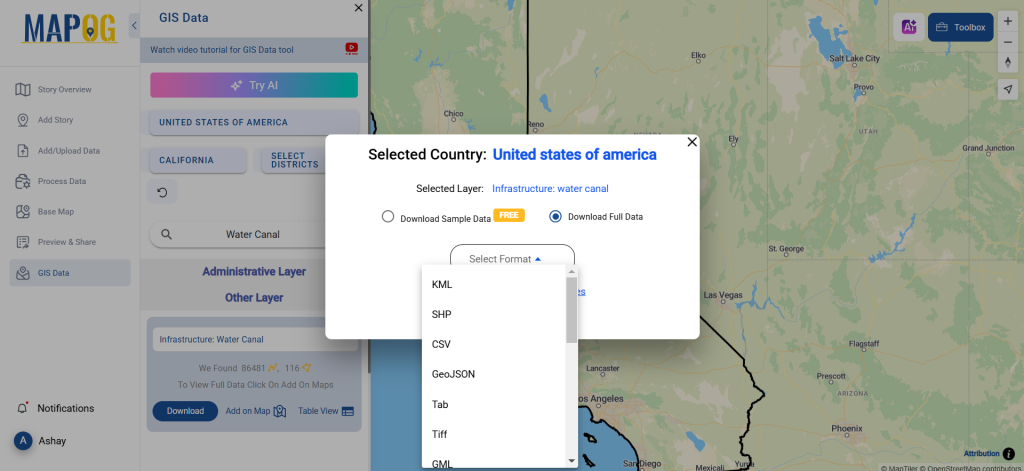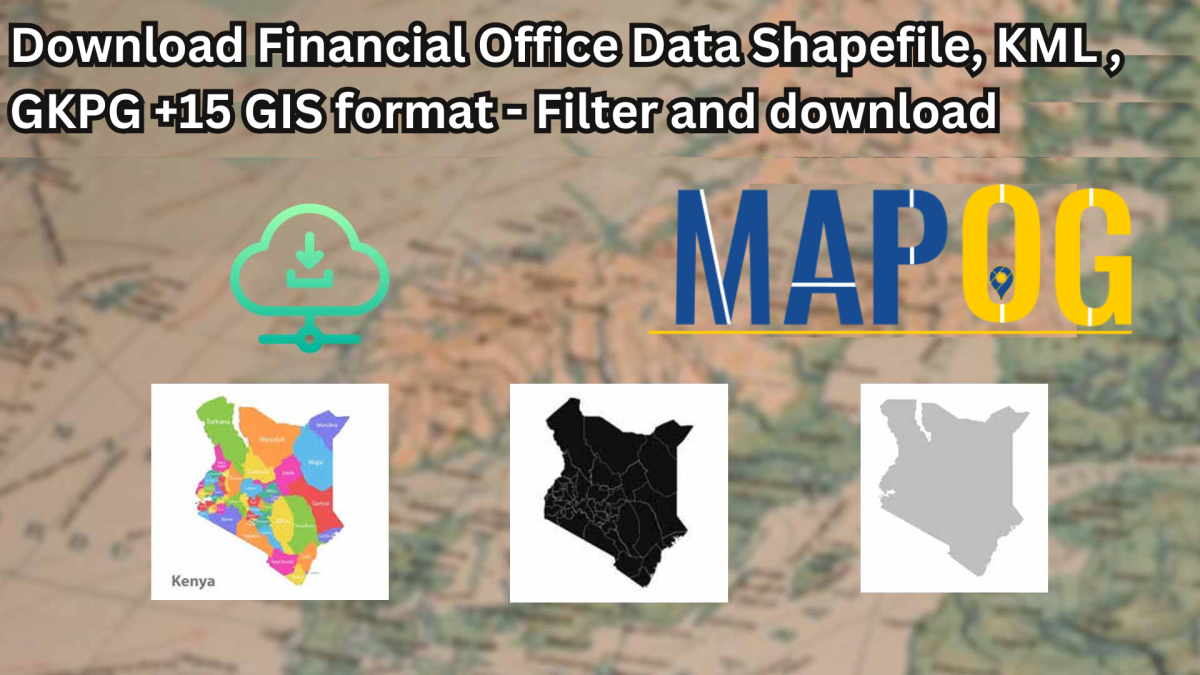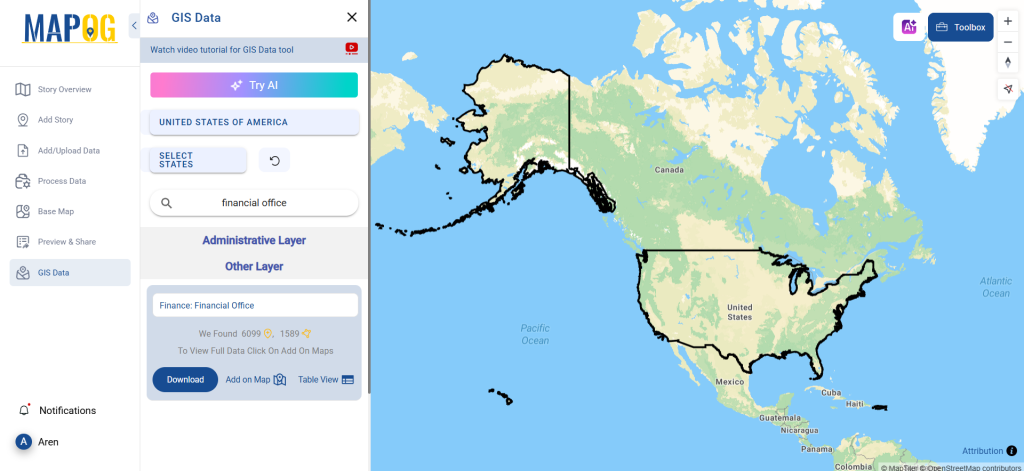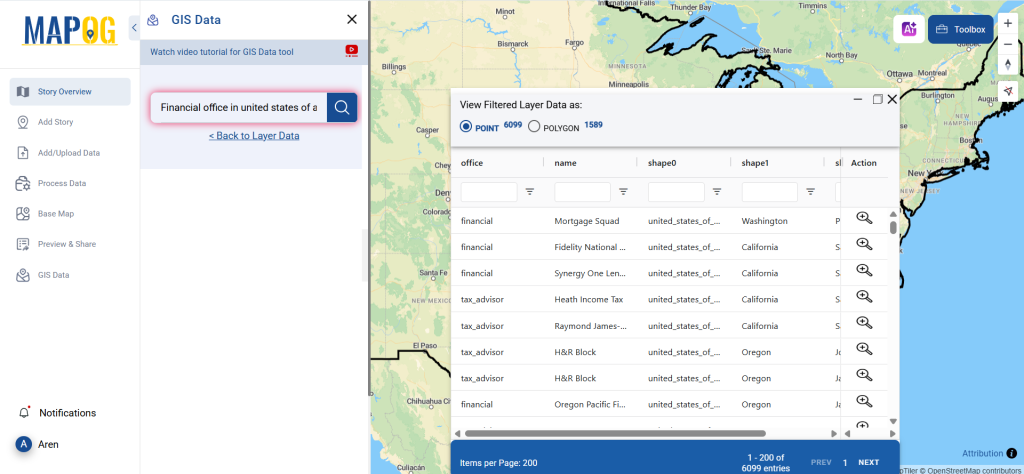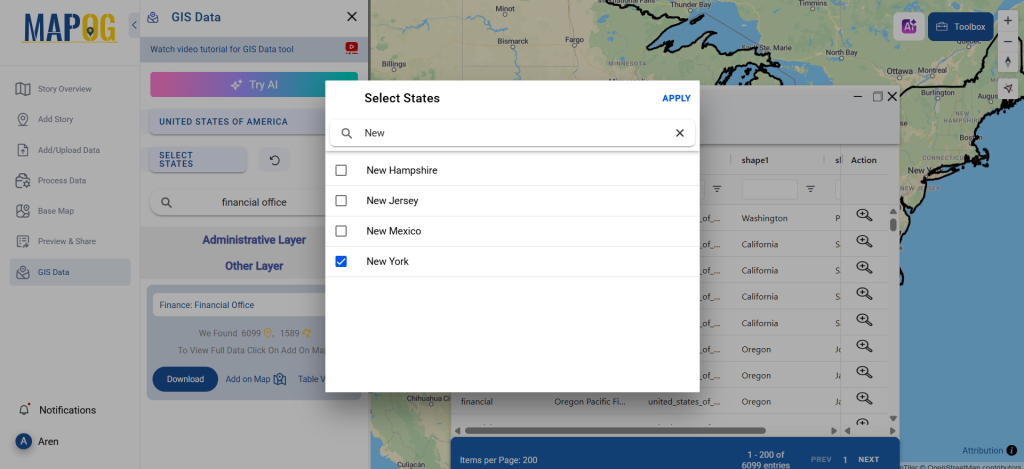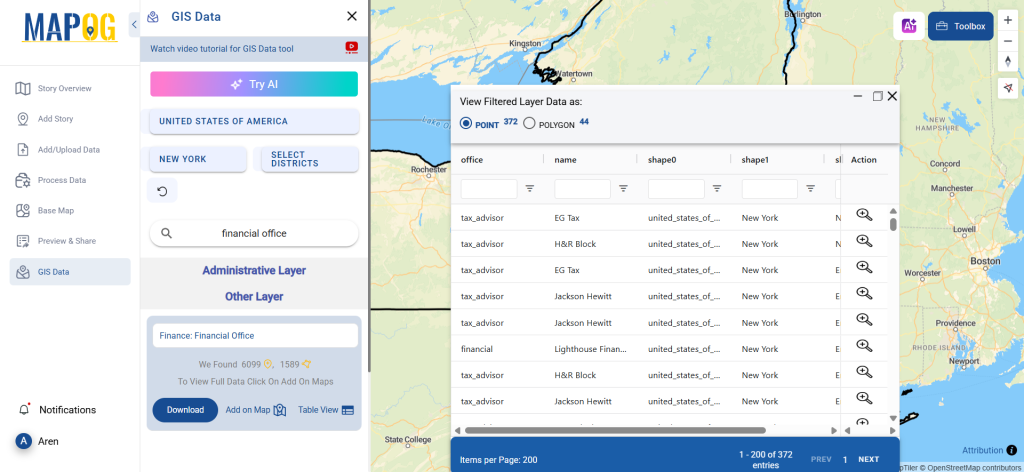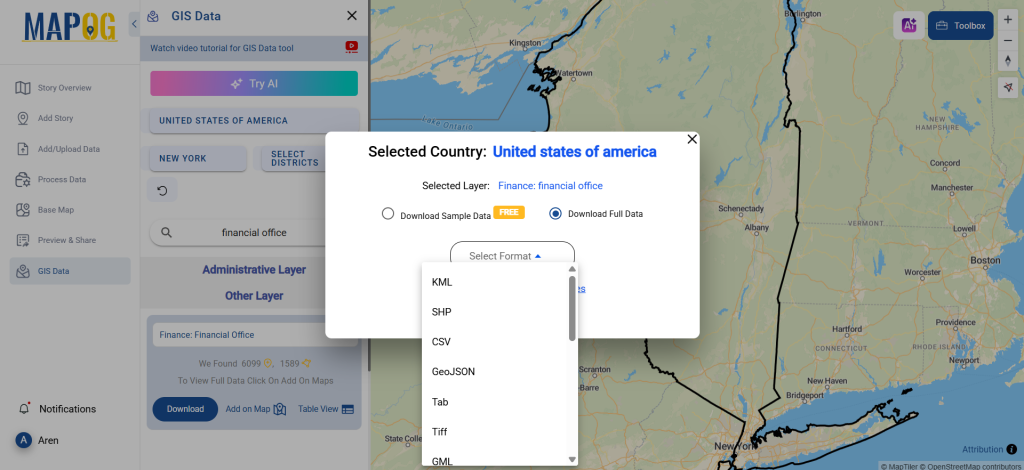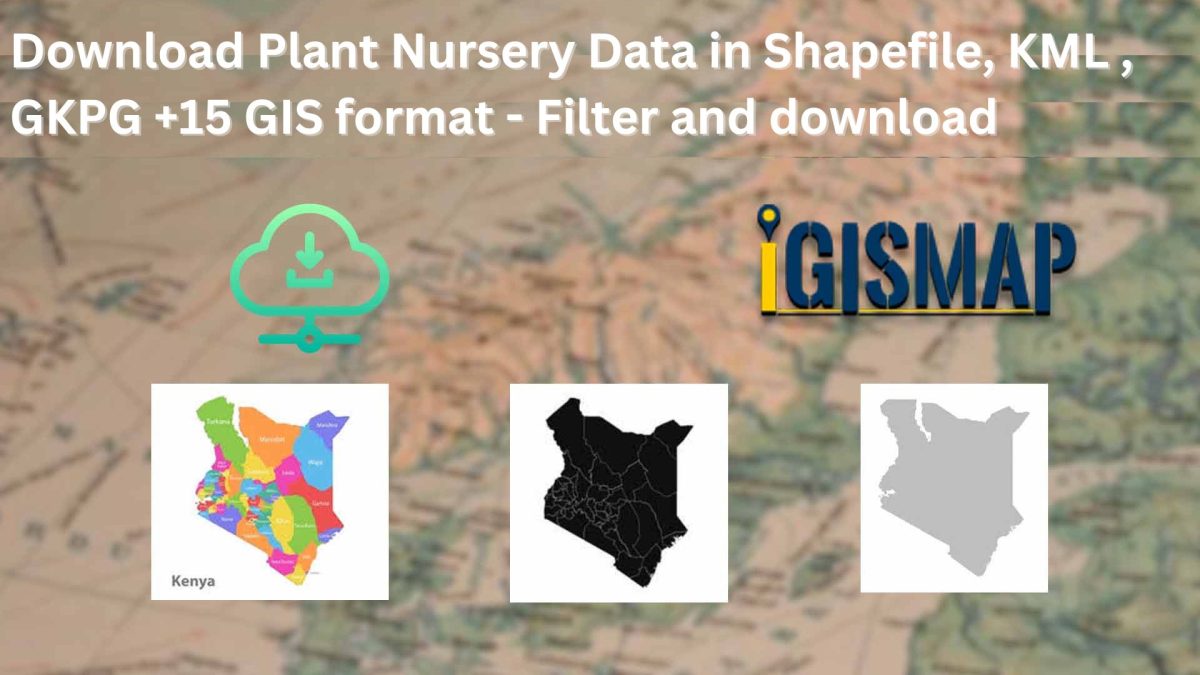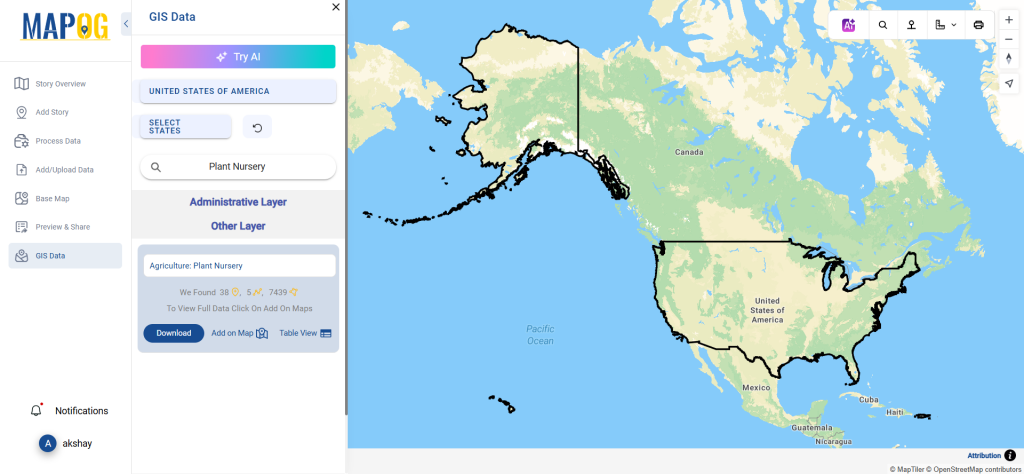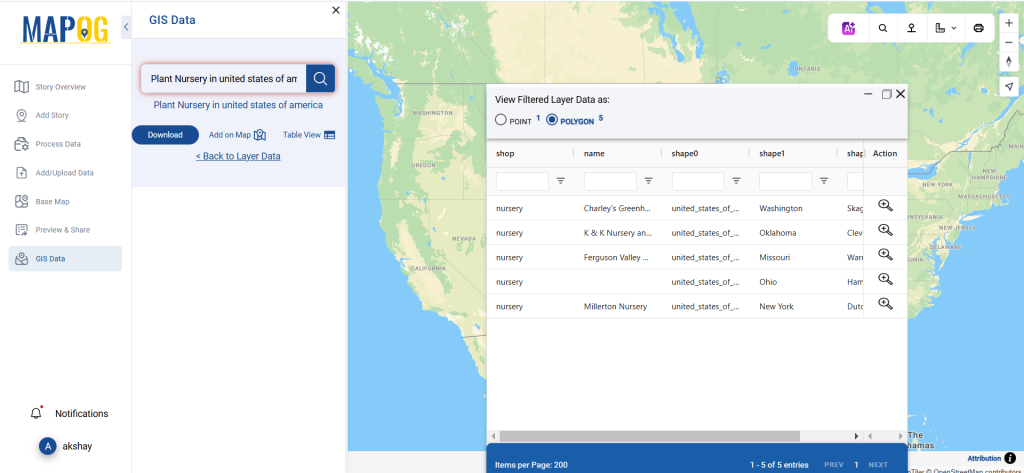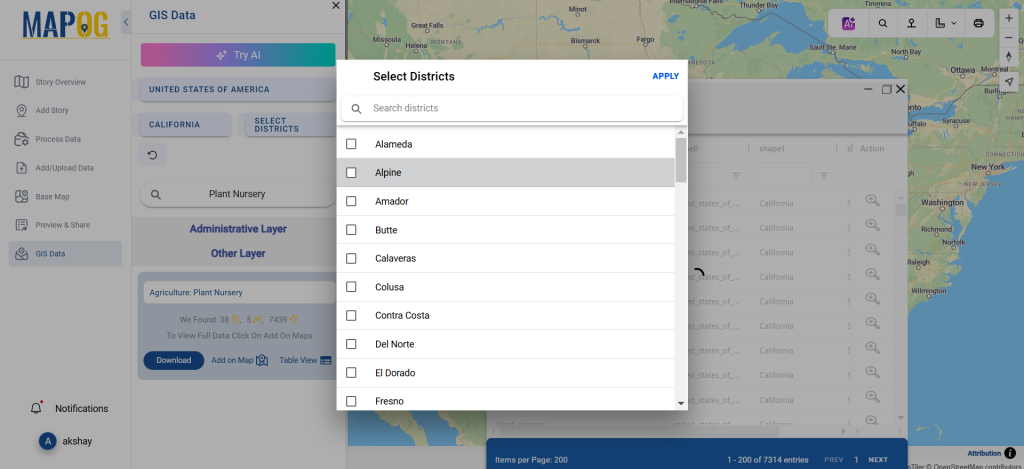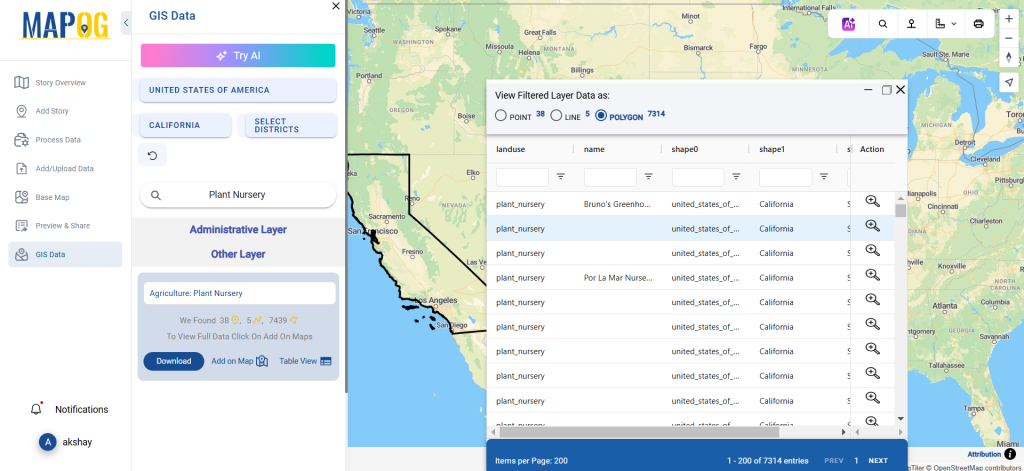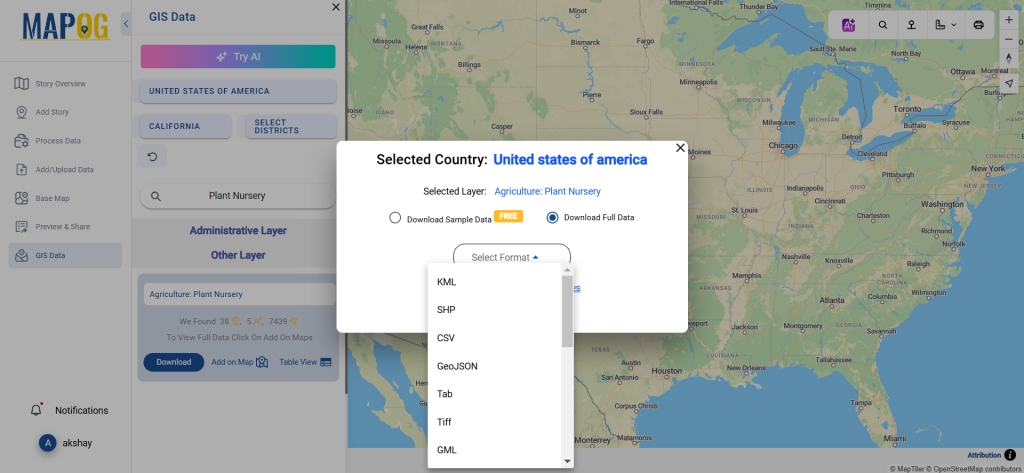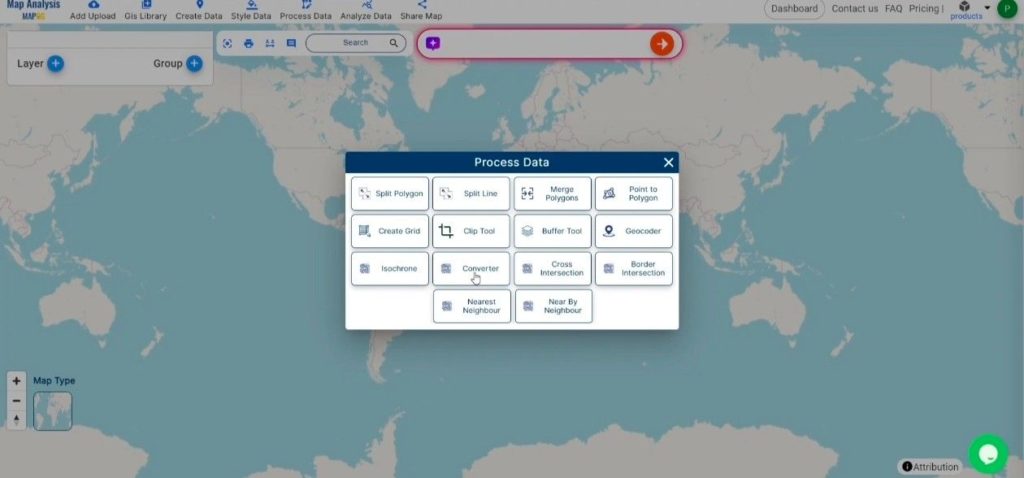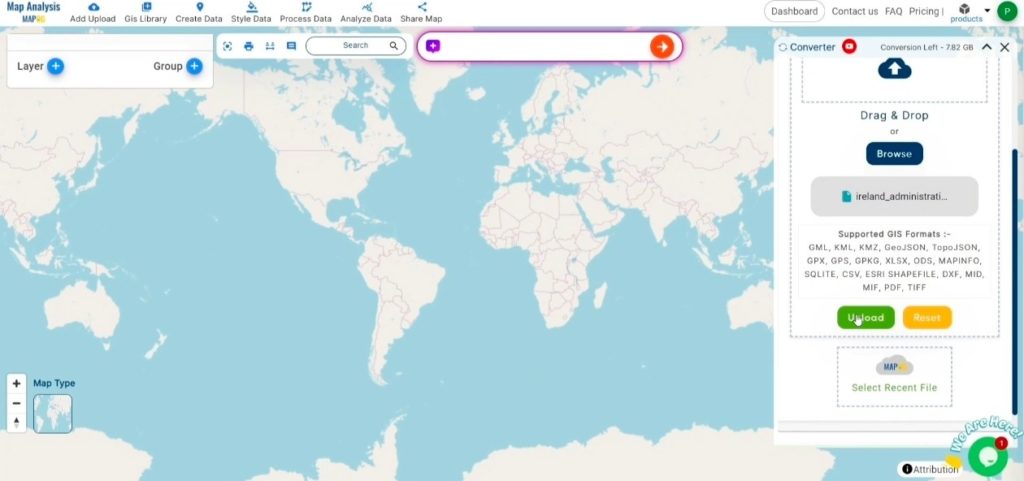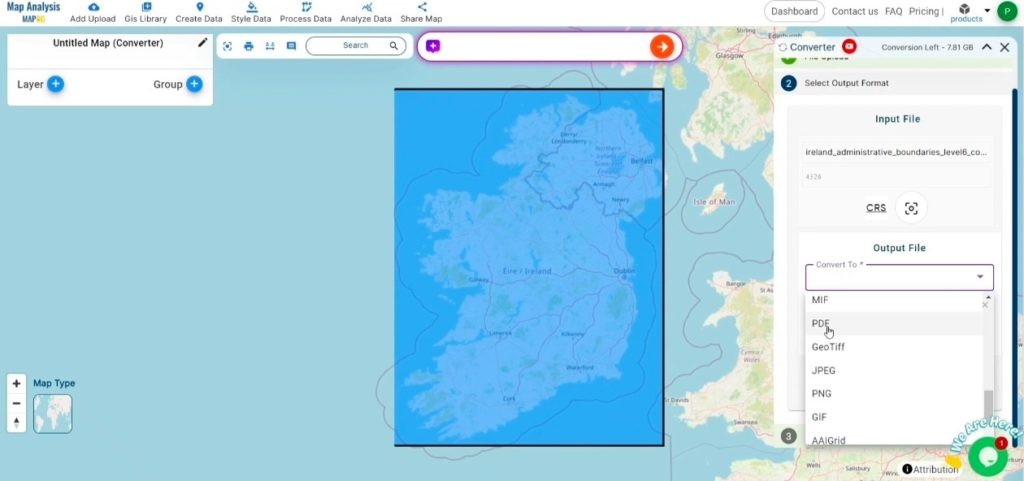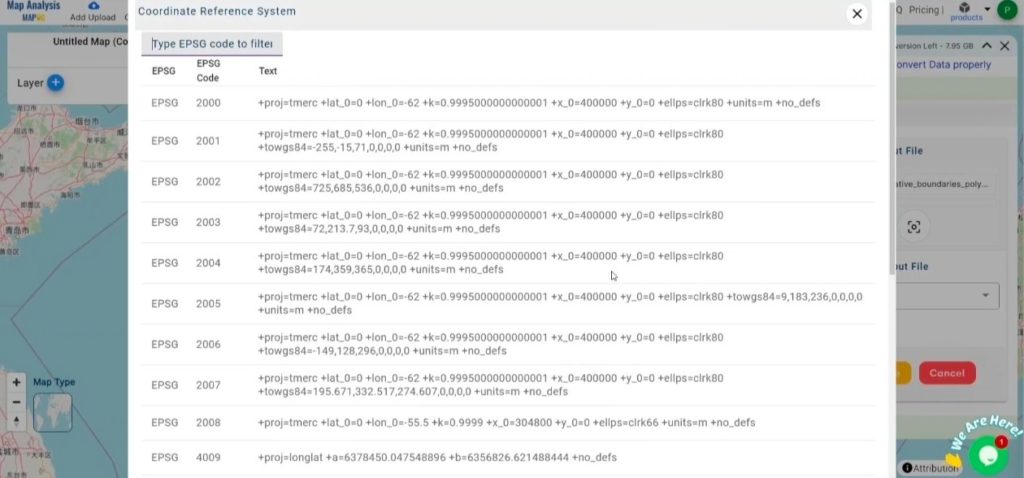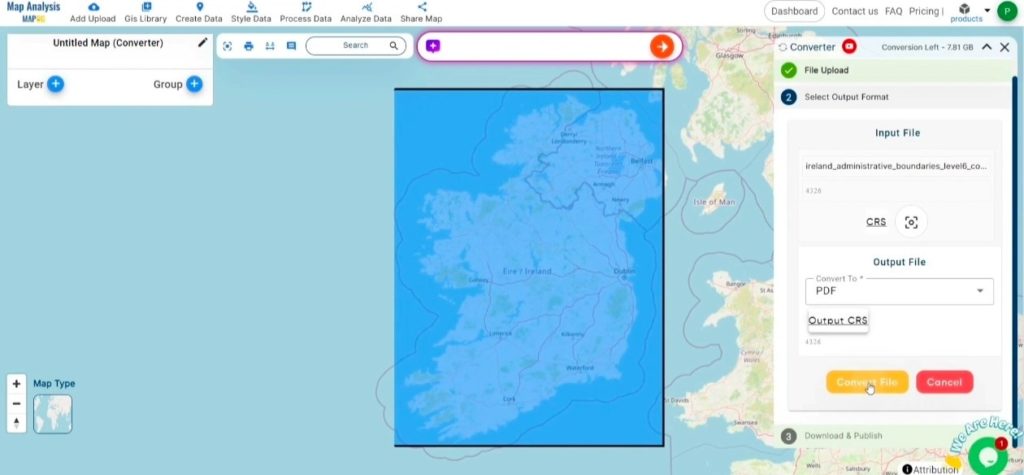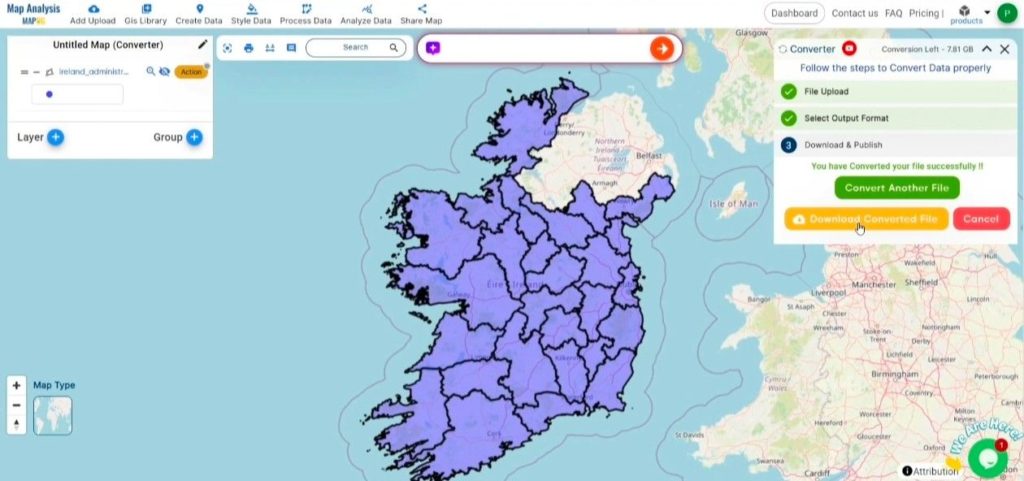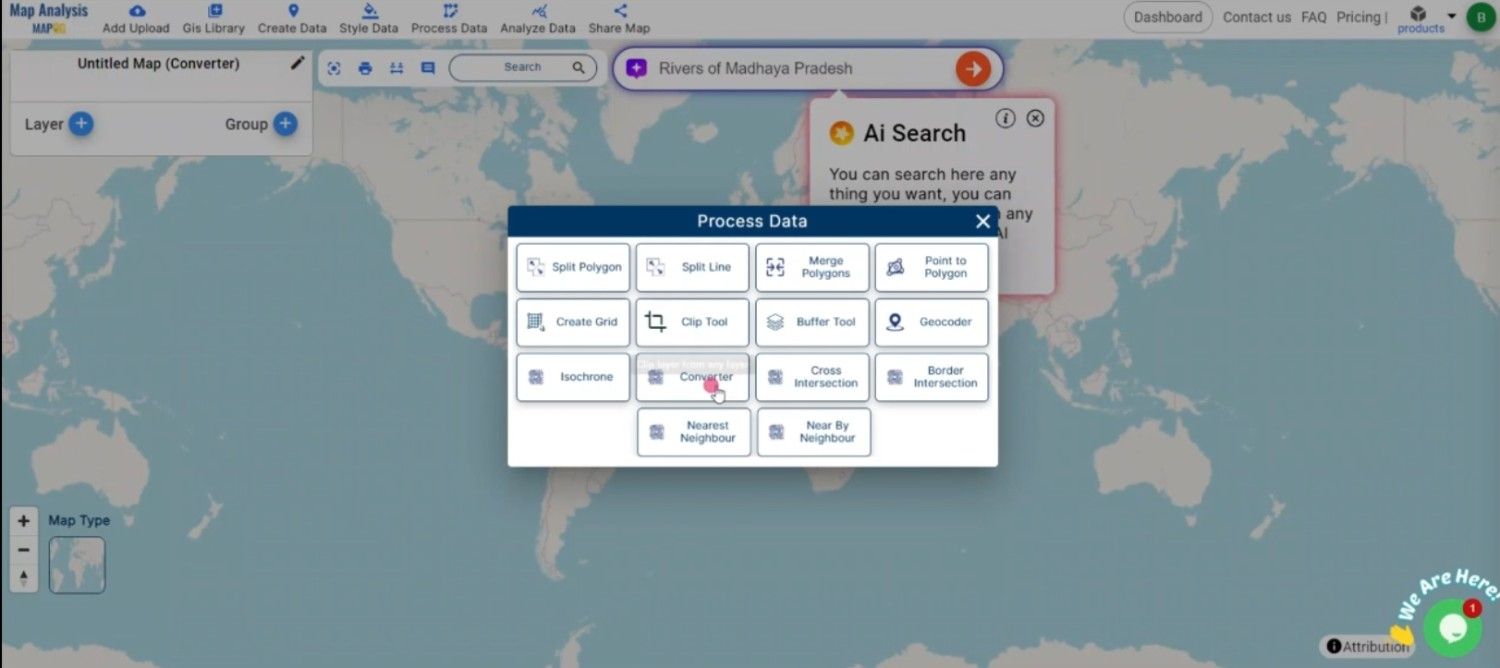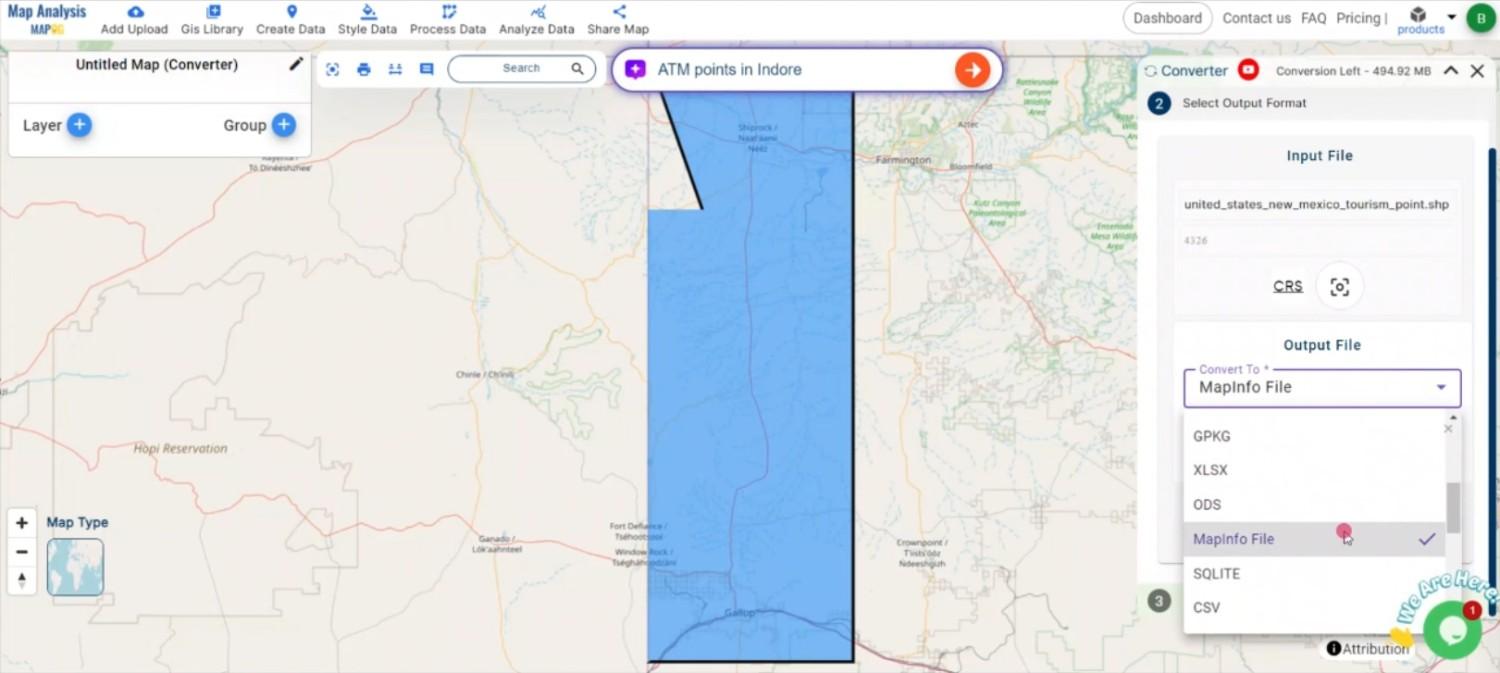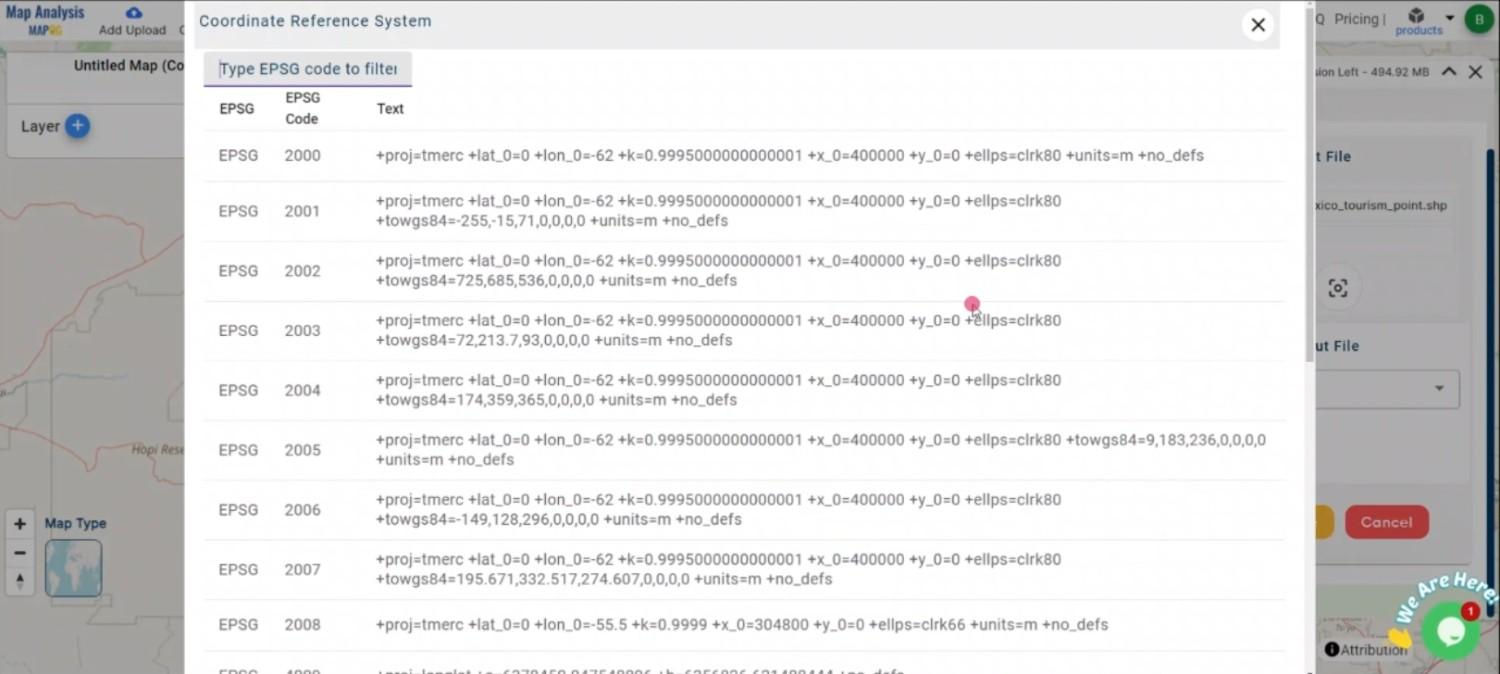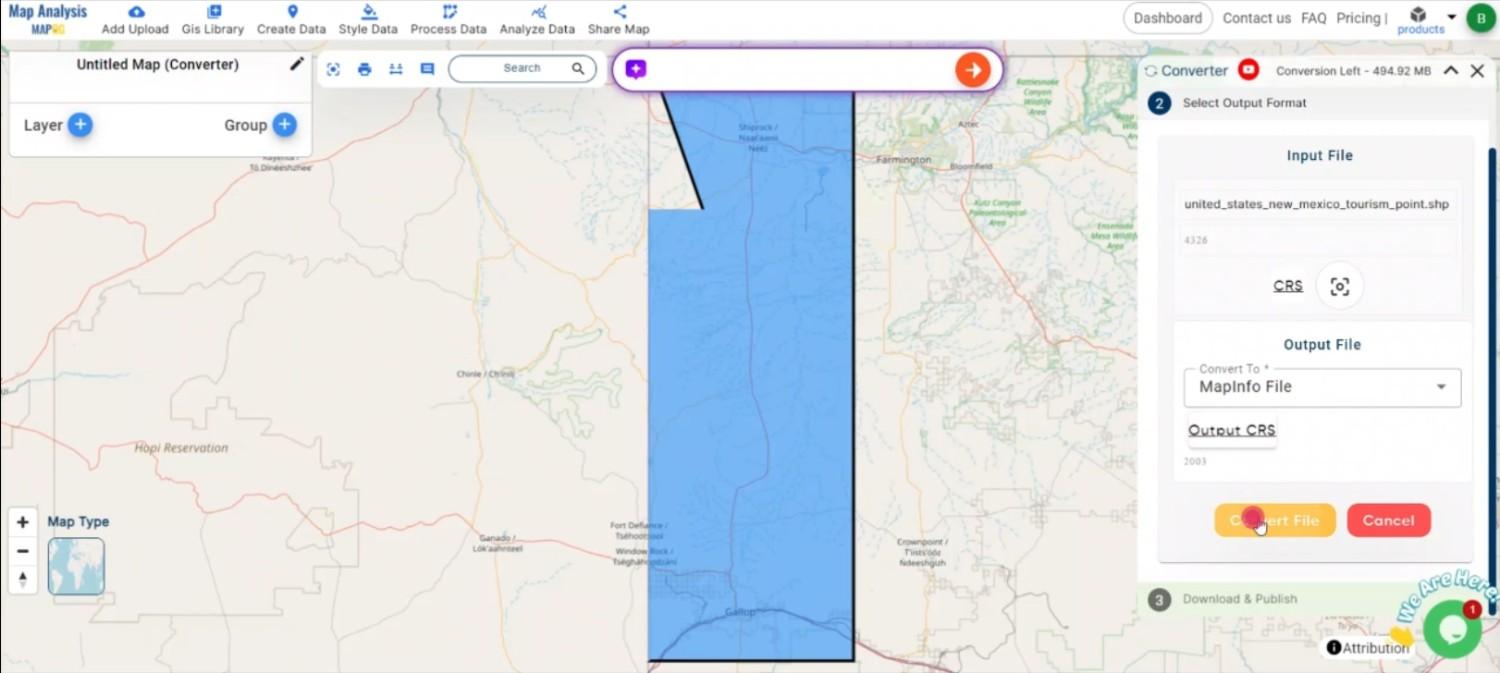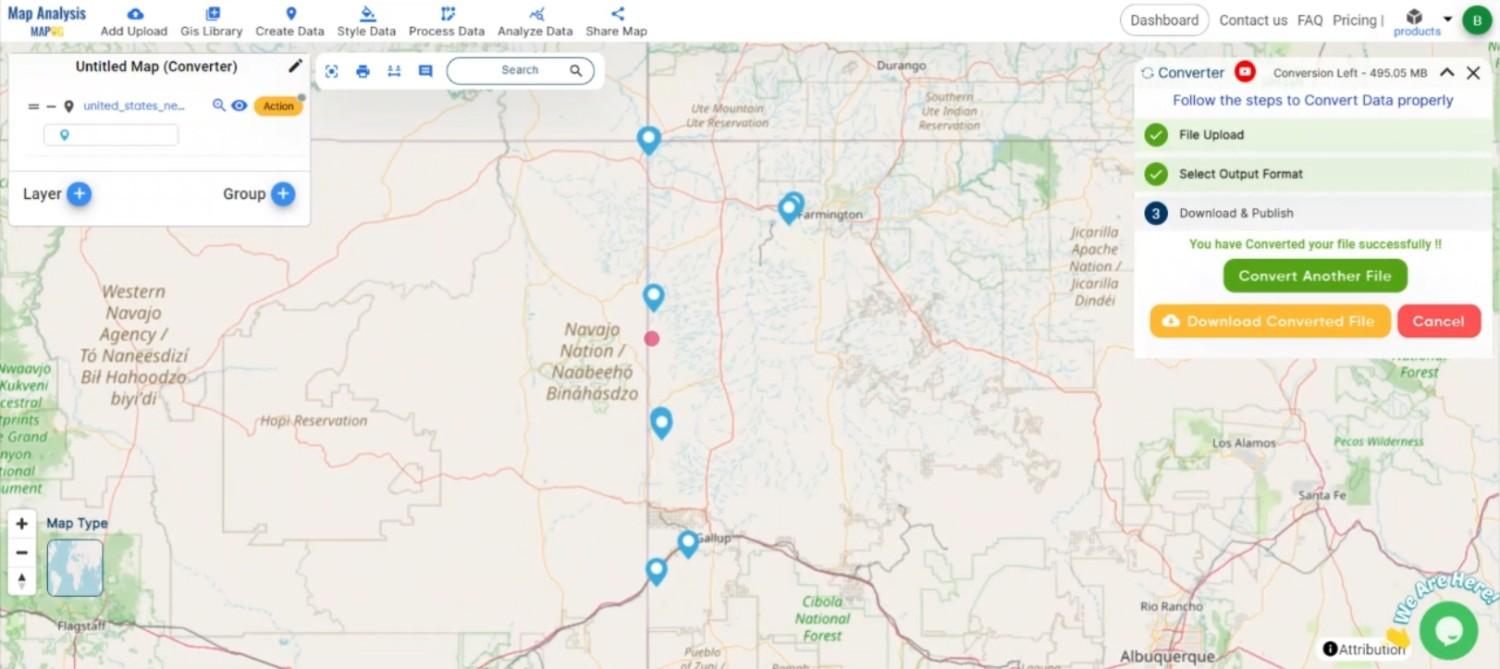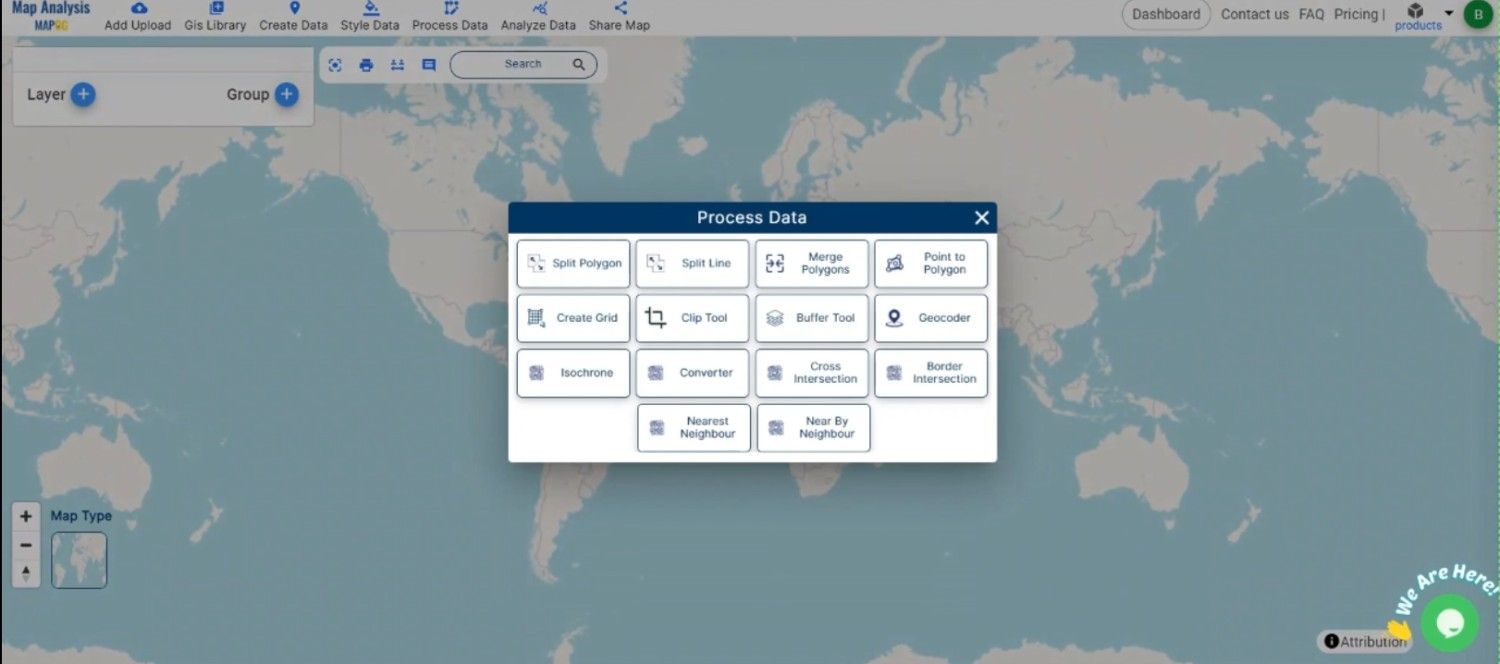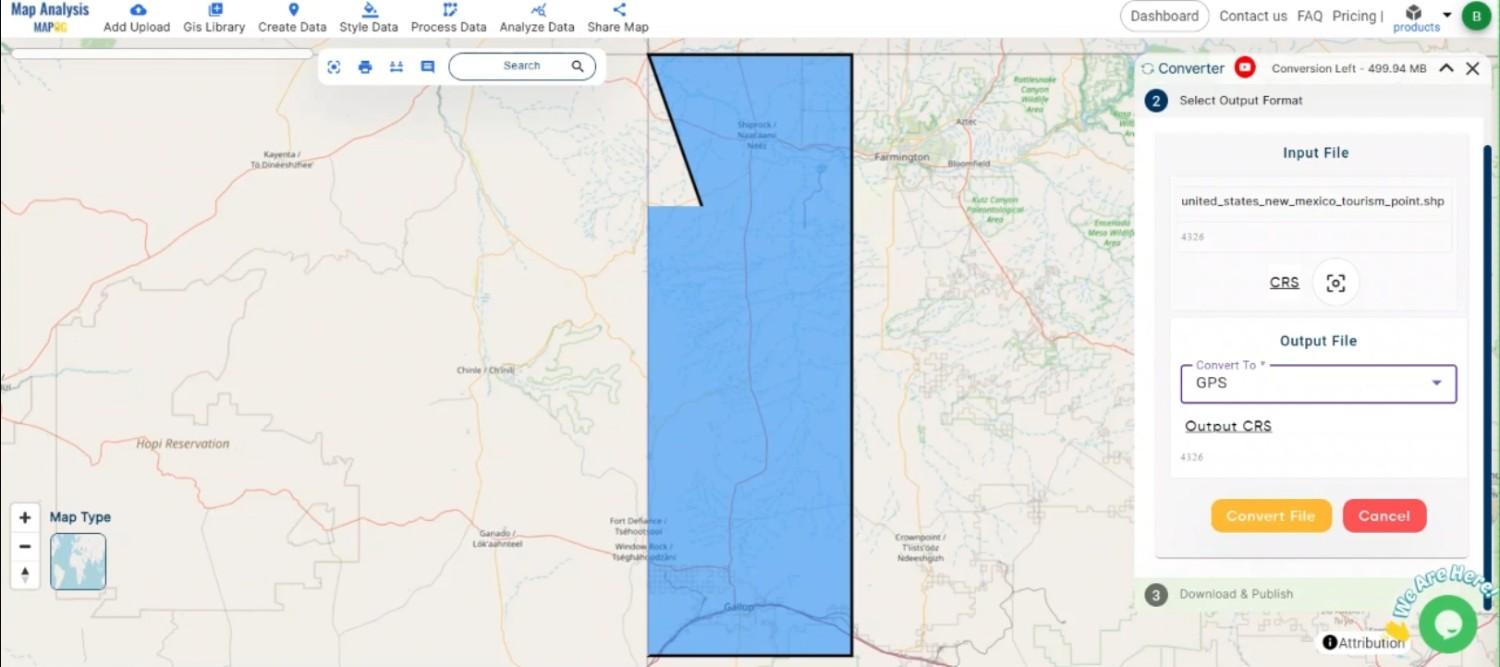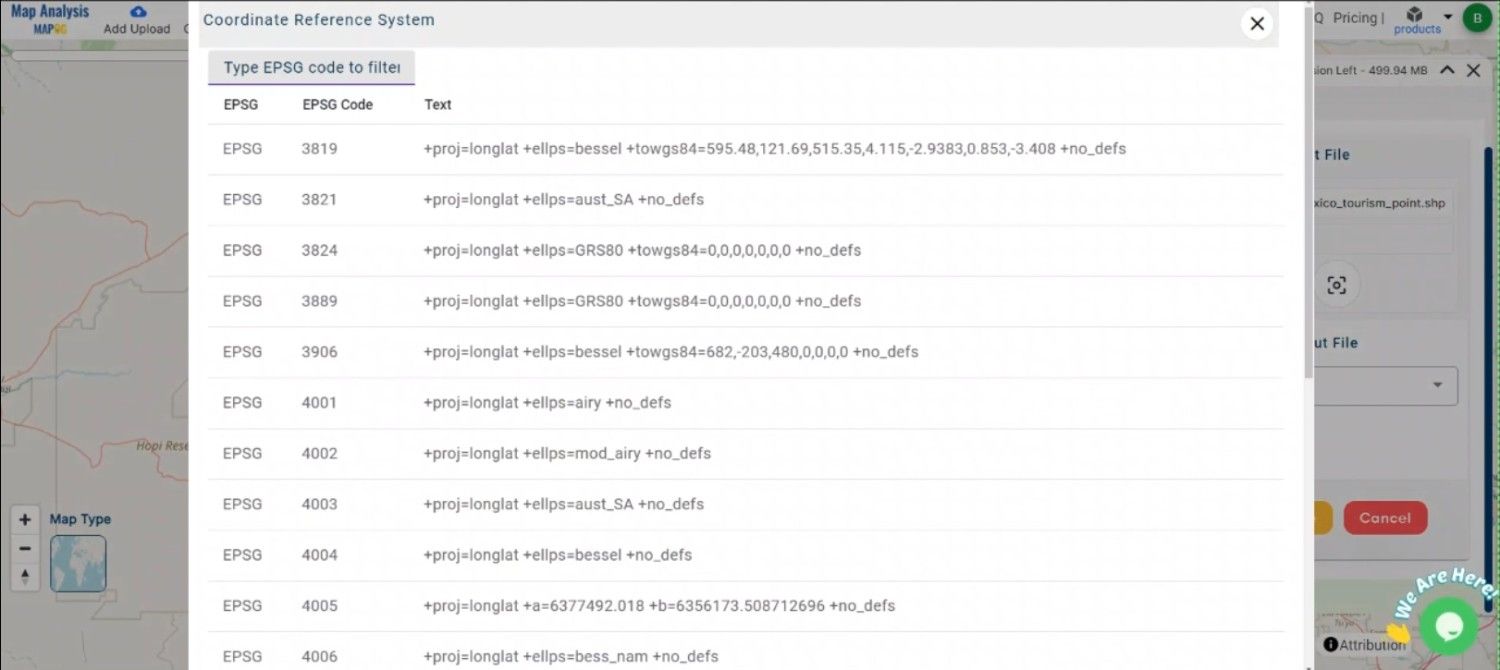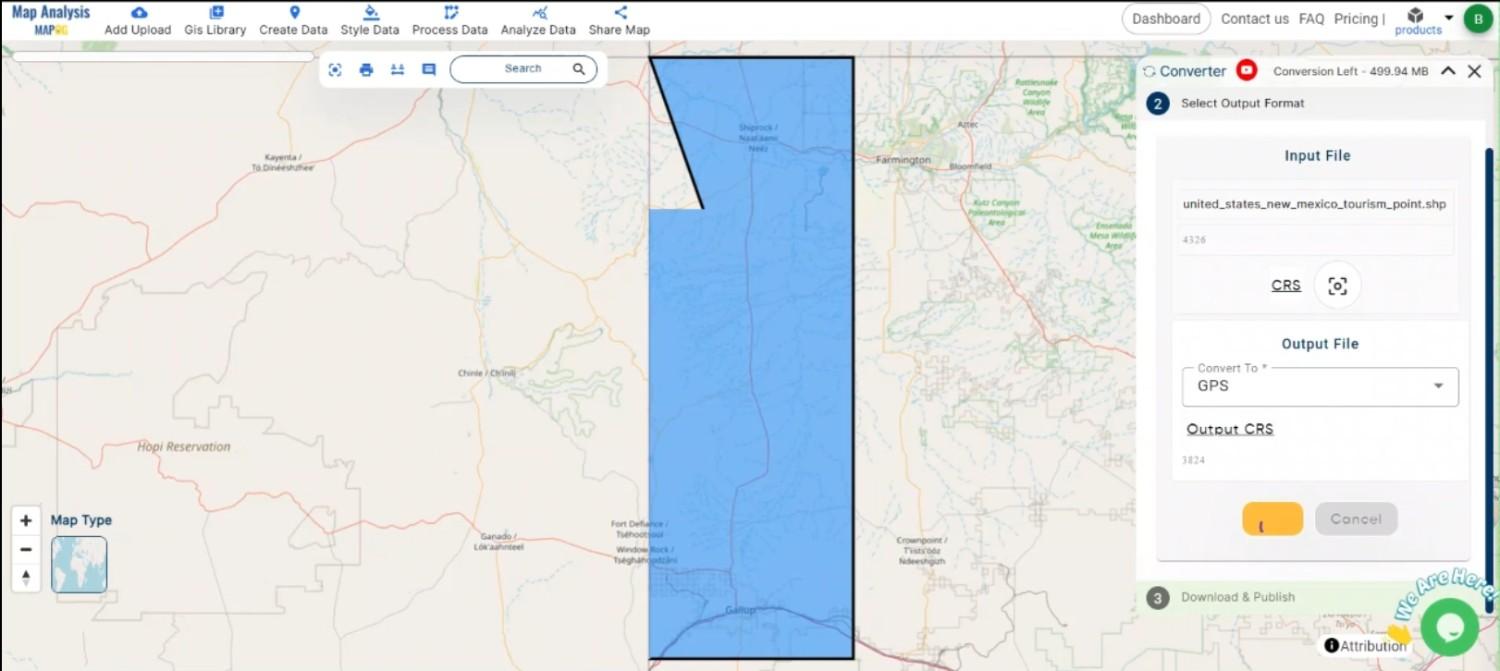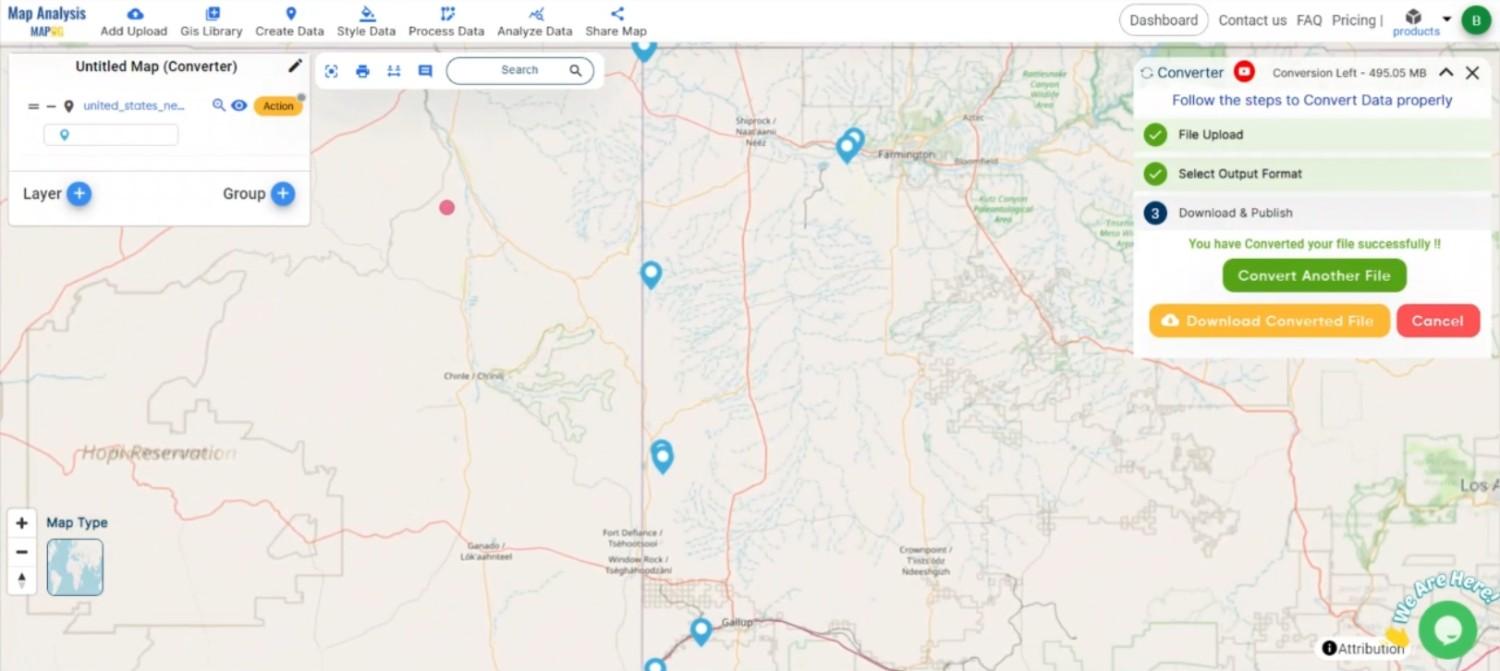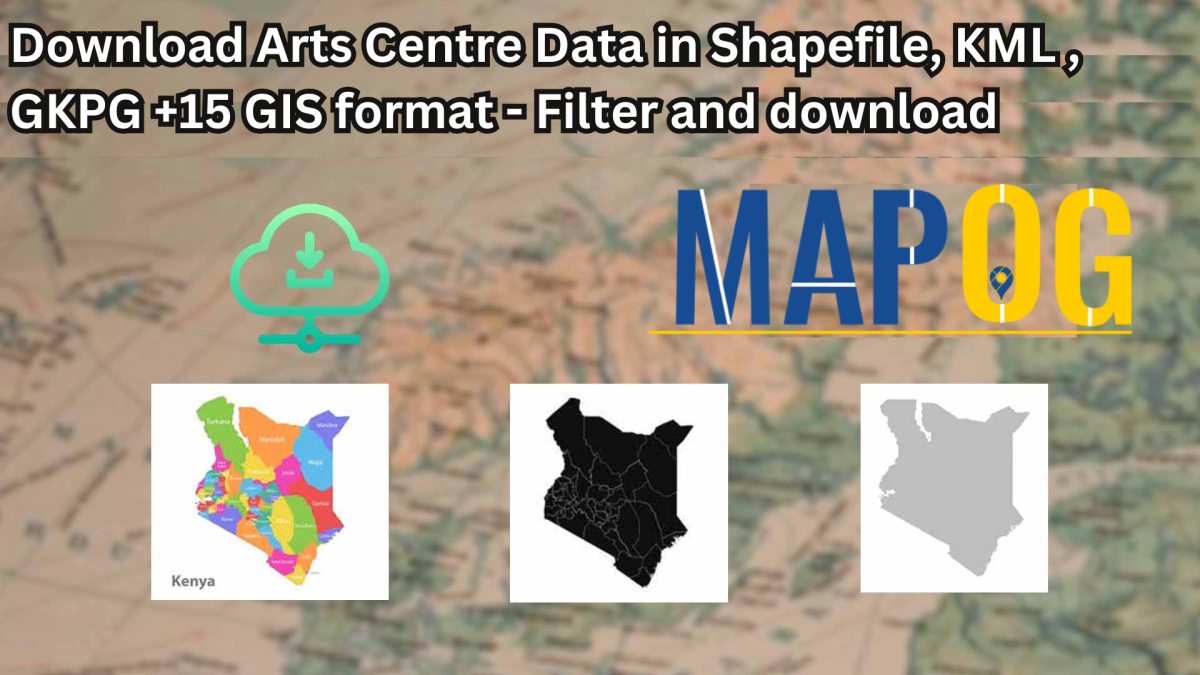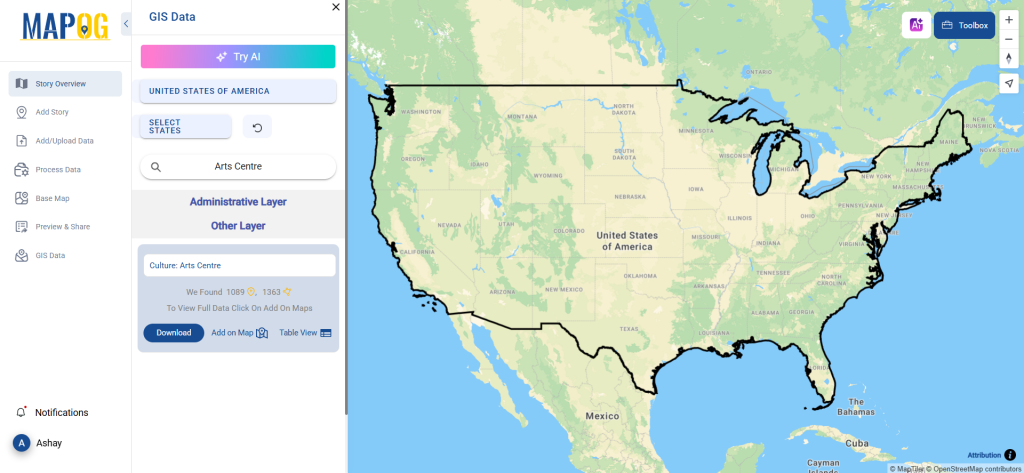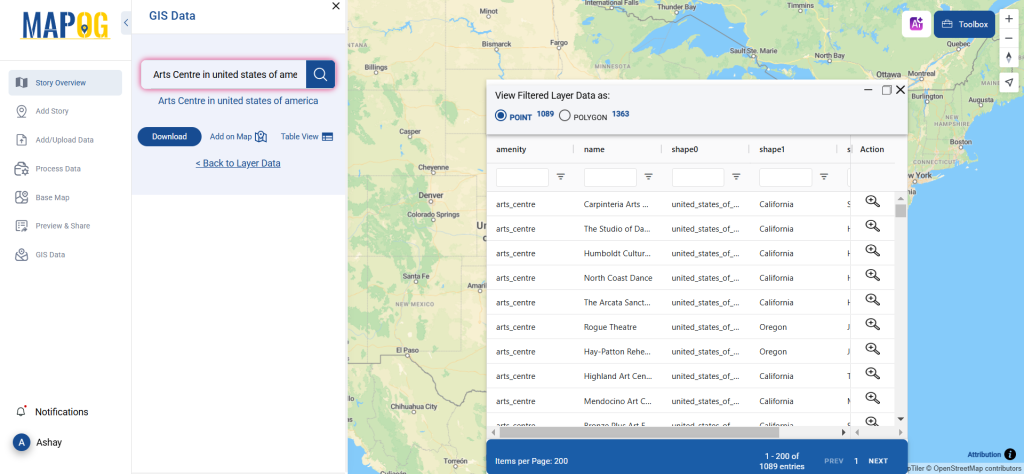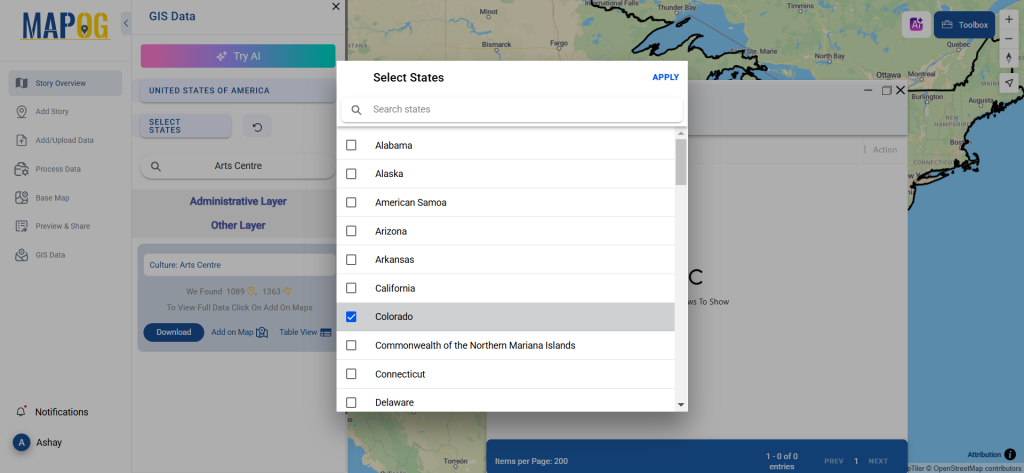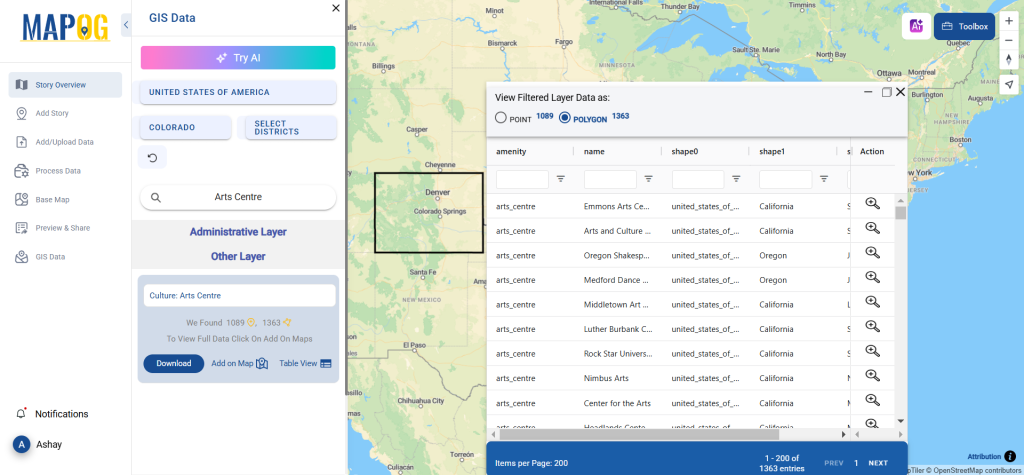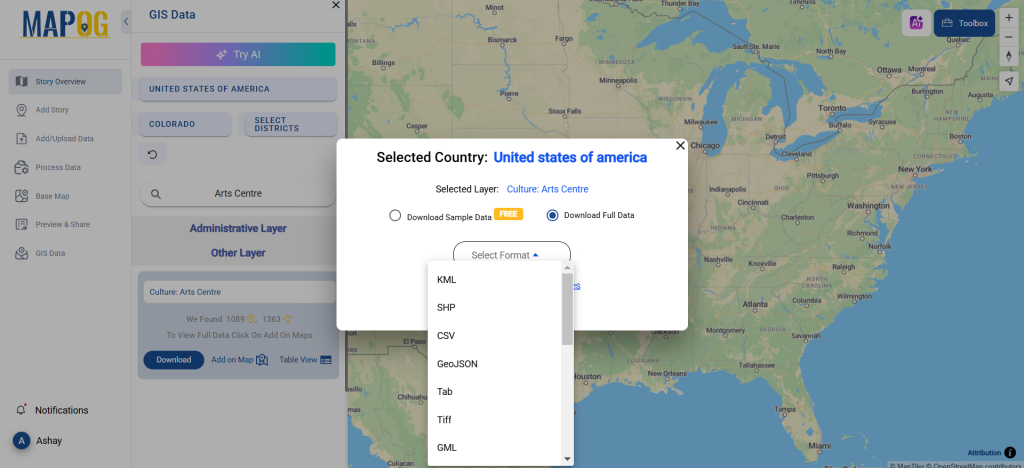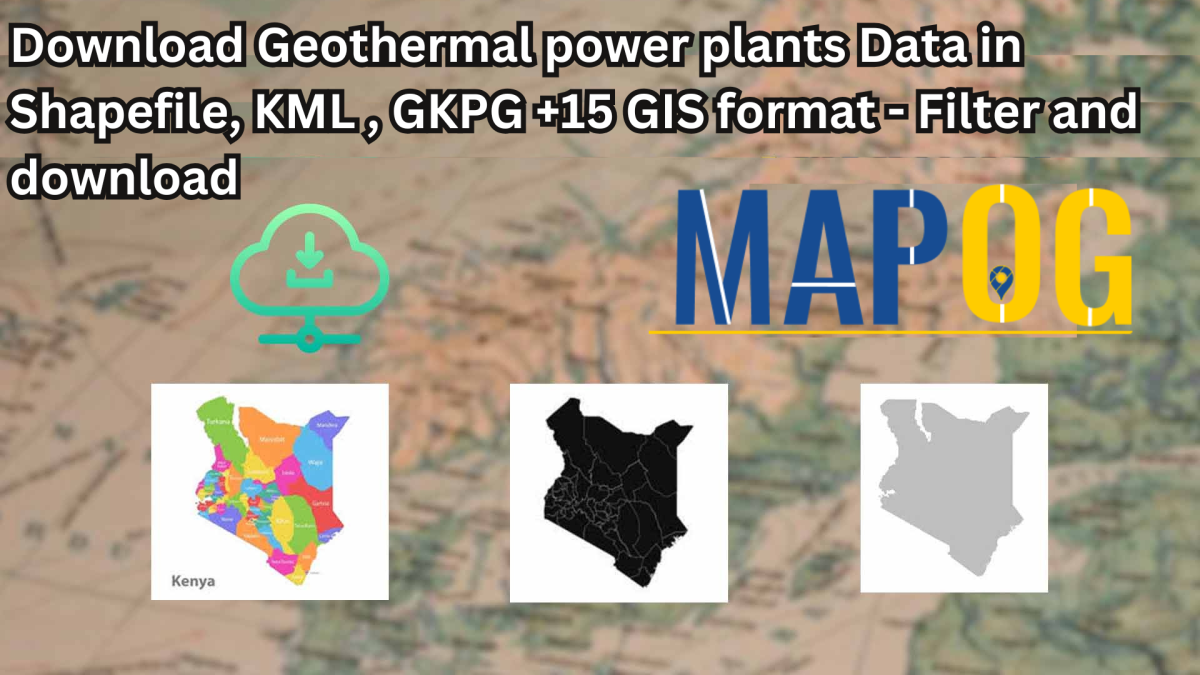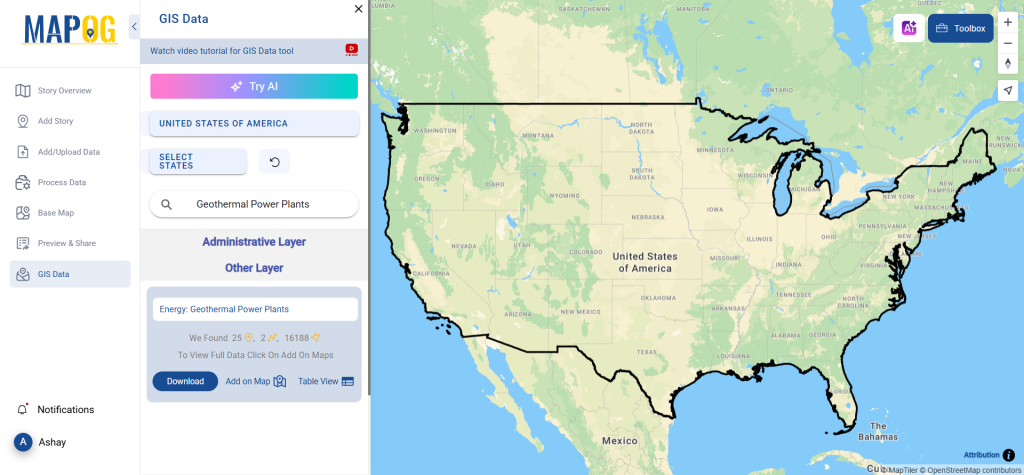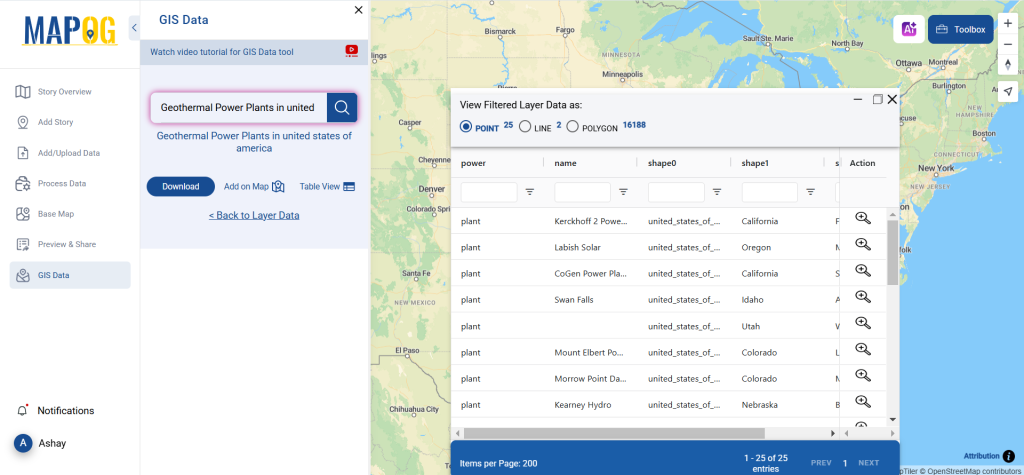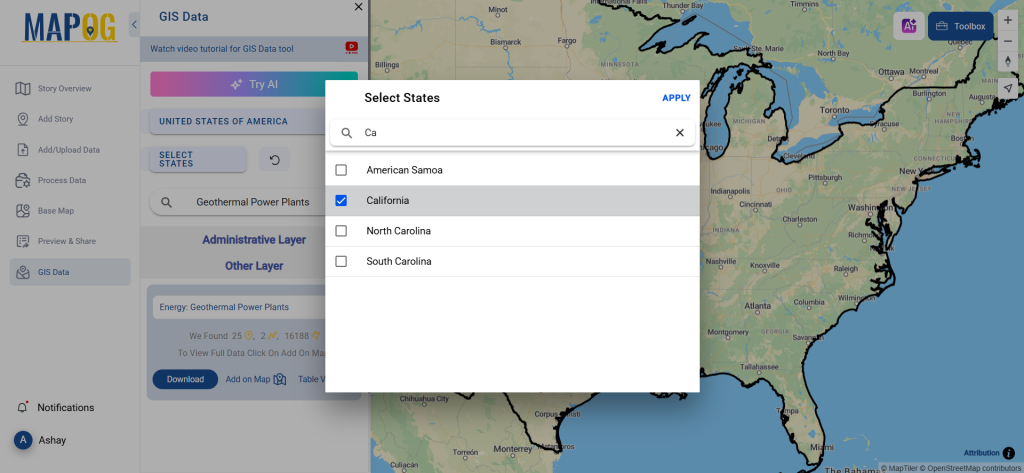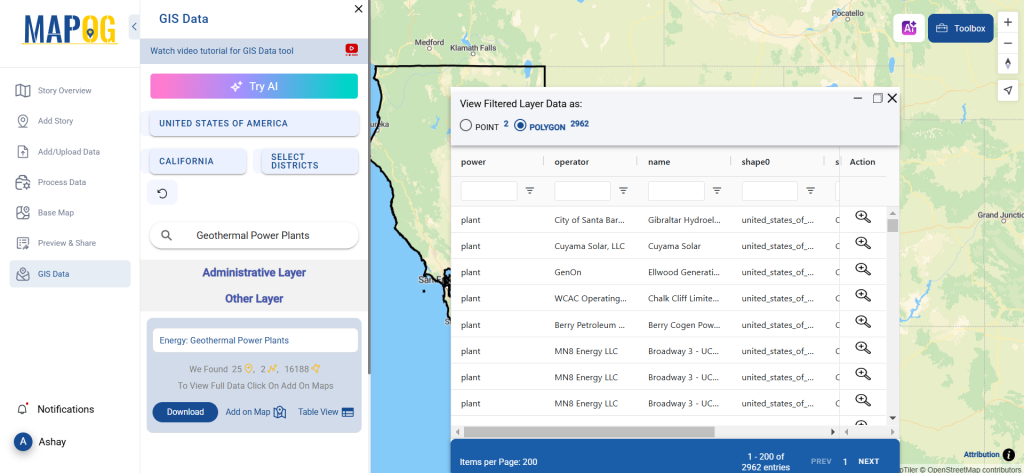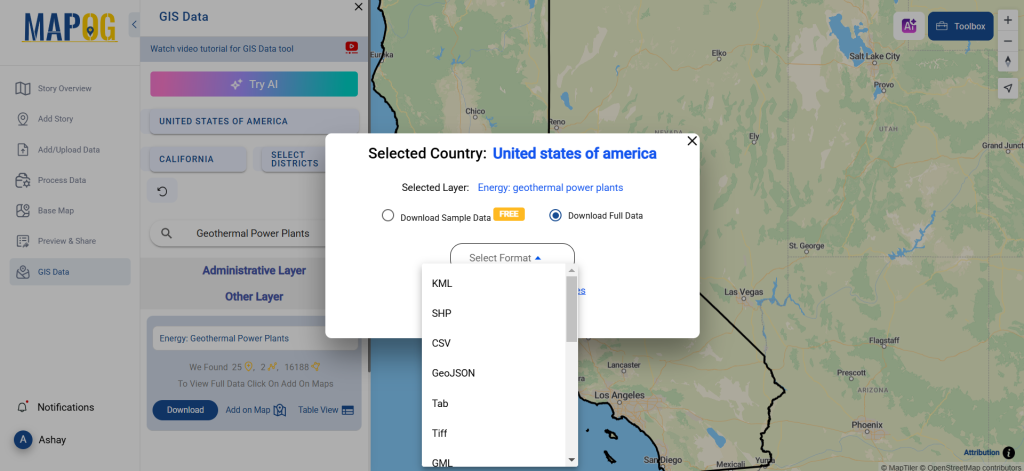GIS Data by MAPOG is a user-friendly platform where it is easy to download the data of vegetable farms in multiple GIS formats, such as Shapefile, KML, and MID. This innovative tool allows users to explore and analyze agricultural datasets with ease, catering to professionals and enthusiasts working in farming, land use planning, or environmental studies. With a comprehensive collection of datasets and an intuitive interface, GIS Data by MAPOG is the best bet when it comes to getting vegetable farm data for mapping and analysis.
Why Choose GIS Data by MAPOG for Vegetable Farms?
MAPOG simplifies the process of downloading vegetable farm data through access to more than 900 layers across over 200 countries. The platform supports 15+ GIS formats, including CSV, Tab, Tiff, DXF, and GeoJSON, thus being compatible with most GIS tools. Whether crop patterns are to be analyzed or land use efficiency studied, MAPOG delivers reliable, accurate, and versatile datasets.
Download Vegetable Farms data of any countries
Note:
- All data is provided in GCS datum EPSG:4326 WGS84 CRS (Coordinate Reference System).
- Users need to log in to access and download their preferred data formats.
Step-by-Step Guide to Access and Download Vegetable Farms Data
Step 1: Search for Vegetable Farms Data
Log in to the GIS Data interface and select your country of interest. Use the search tool to locate “Vegetable Farms Data.” Review the attributes and format options to confirm suitability for your project.
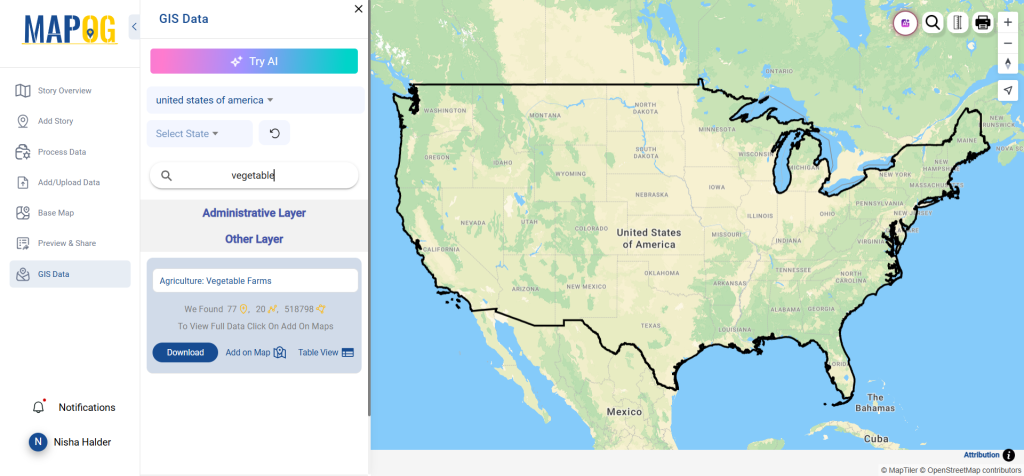
Step 2: Leverage the AI Search Tool
The platform’s AI-powered search feature makes finding specific vegetable farms data even easier. Input the location and type of data you’re seeking, and let the tool fetch precise results in seconds.
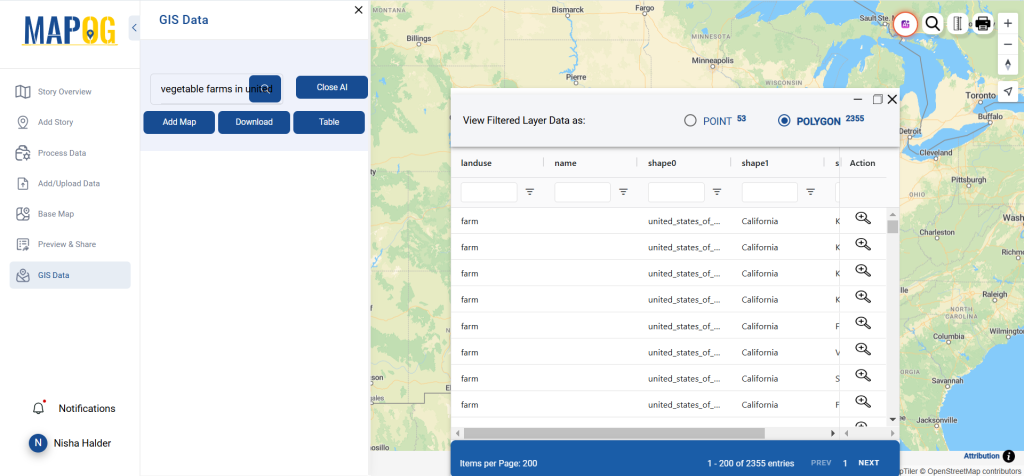
Step 3: Refine Your Search with Filters
To target specific information, apply filters based on states, districts, or geographic boundaries. This ensures you get the most relevant vegetable farms data for your needs.
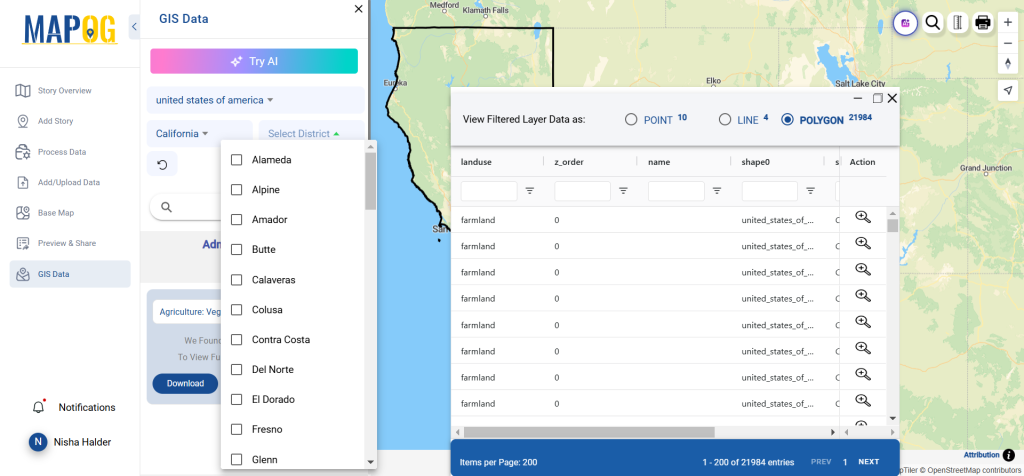
Step 4: Visualize and Analyze Data
Use the “Add on Map” feature to overlay vegetable farms data on a map. This allows for a detailed spatial analysis of farms, helping you understand relationships between agricultural regions, soil types, and climate zones.
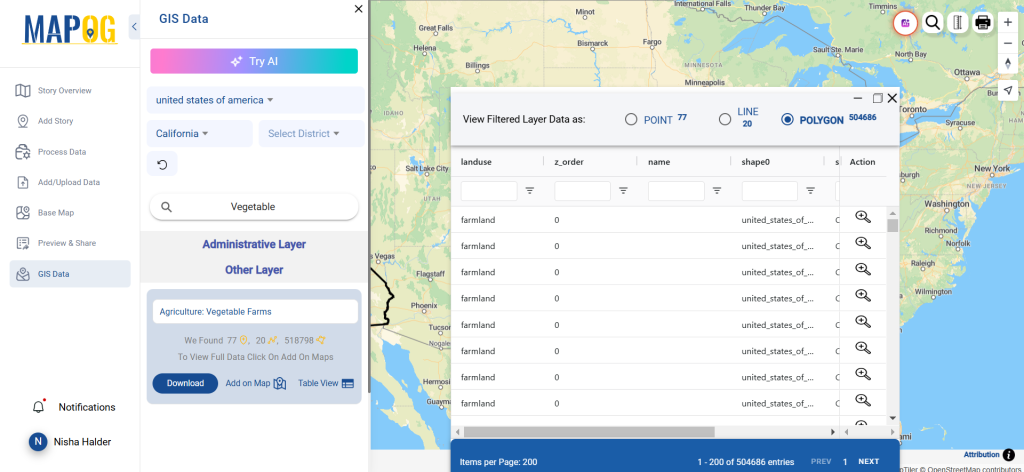
Step 5: Download Your Vegetable Farms Data
Once you’ve finalized your dataset, click the “Download Data” button. Choose between sample or full datasets and select your desired format, such as Shapefile, KML, or GeoJSON. Accept the terms and download the file for immediate use.
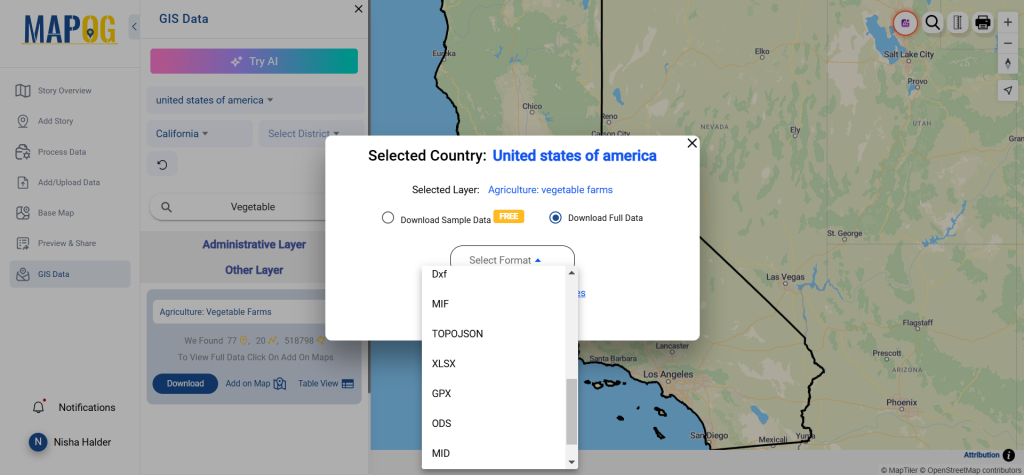
Conclusion
GIS Data by MAPOG changes the face of accessing vegetable farms data, in a seamless experience in diverse GIS formats. It boasts of robust features to arm users with informed decisions on agricultural planning, land use studies, and environmental management. Whether a researcher, policymaker, or farmer, MAPOG provides you with all the tools and data required to succeed. Explore and unlock new insights for your projects today.
With MAPOG’s versatile toolkit, you can effortlessly upload vector and upload Excel or CSV data, incorporate existing layers, perform polyline splitting, use the converter for various formats, calculate isochrones, and utilize the Export Tool.
For any questions or further assistance, feel free to reach out to us at support@mapog.com. We’re here to help you make the most of your GIS data.
Download Shapefile for the following:
- World Countries Shapefile
- Australia
- Argentina
- Austria
- Belgium
- Brazil
- Canada
- Denmark
- Fiji
- Finland
- Germany
- Greece
- India
- Indonesia
- Ireland
- Italy
- Japan
- Kenya
- Lebanon
- Madagascar
- Malaysia
- Mexico
- Mongolia
- Netherlands
- New Zealand
- Nigeria
- Papua New Guinea
- Philippines
- Poland
- Russia
- Singapore
- South Africa
- South Korea
- Spain
- Switzerland
- Tunisia
- United Kingdom Shapefile
- United States of America
- Vietnam
- Croatia
- Chile
- Norway
- Maldives
- Bhutan
- Colombia
- Libya
- Comoros
- Hungary
- Laos
- Estonia
- Iraq
- Portugal
- Azerbaijan
- Macedonia
- Romania
- Peru
- Marshall Islands
- Slovenia
- Nauru
- Guatemala
- El Salvador
- Afghanistan
- Cyprus
- Syria
- Slovakia
- Luxembourg
- Jordan
- Armenia
- Haiti And Dominican Republic
- Malta
- Djibouti
- East Timor
- Micronesia
- Morocco
- Liberia
- Kosovo
- Isle Of Man
- Paraguay
- Tokelau
- Palau
- Ile De Clipperton
- Mauritius
- Equatorial Guinea
- Tonga
- Myanmar
- Thailand
- New Caledonia
- Niger
- Nicaragua
- Pakistan
- Nepal
- Seychelles
- Democratic Republic of the Congo
- China
- Kenya
- Kyrgyzstan
- Bosnia Herzegovina
- Burkina Faso
- Canary Island
- Togo
- Israel And Palestine
- Algeria
- Suriname
- Angola
- Cape Verde
- Liechtenstein
- Taiwan
- Turkmenistan
- Tuvalu
- Ivory Coast
- Moldova
- Somalia
- Belize
- Swaziland
- Solomon Islands
- North Korea
- Sao Tome And Principe
- Guyana
- Serbia
- Senegal And Gambia
- Faroe Islands
- Guernsey Jersey
- Monaco
- Tajikistan
- Pitcairn
Disclaimer : The GIS data provided for download in this article was initially sourced from OpenStreetMap (OSM) and further modified to enhance its usability. Please note that the original data is licensed under the Open Database License (ODbL) by the OpenStreetMap contributors. While modifications have been made to improve the data, any use, redistribution, or modification of this data must comply with the ODbL license terms. For more information on the ODbL, please visit OpenStreetMap’s License Page.
Here are some blogs you might be interested in:
- Download Airport data in Shapefile, KML , MIf +15 GIS format – Filter and download
- Download Bank Data in Shapefile, KML, GeoJSON, and More – Filter and Download
- Download Railway data in Shapefile, KML, GeojSON +15 GIS format
- Download Farmland Data in Shapefile, KML, GeoJSON, and More – Filter and Download
- Download Pharmacy Data in Shapefile, KML, GeoJSON, and More – Filter and Download
- Download ATM Data in Shapefile, KML, MID +15 GIS Formats Using GIS Data by MAPOG
- Download Road Data in Shapefile, KML, GeoJSON, and 15+ GIS Formats
